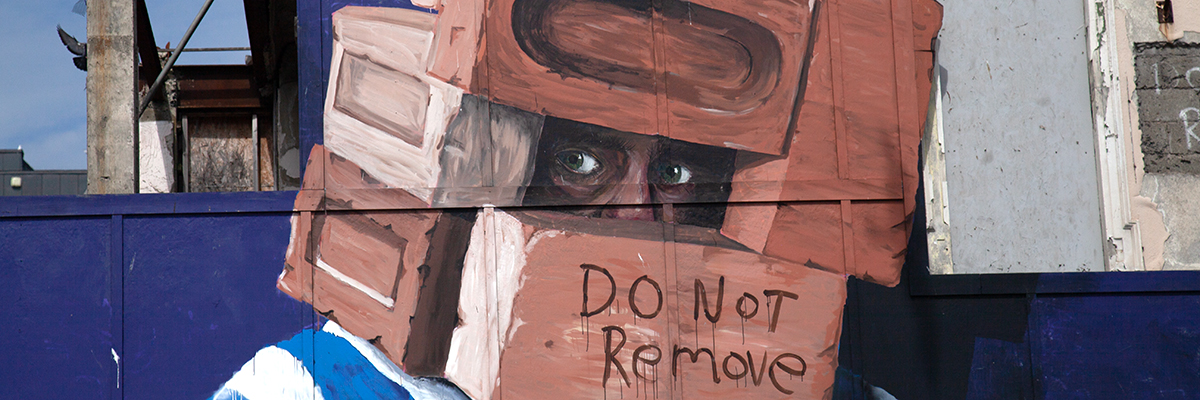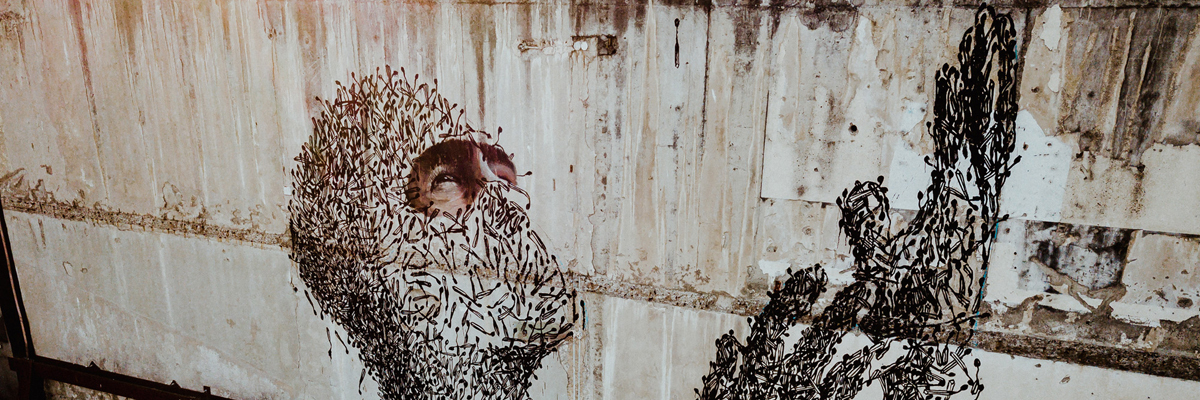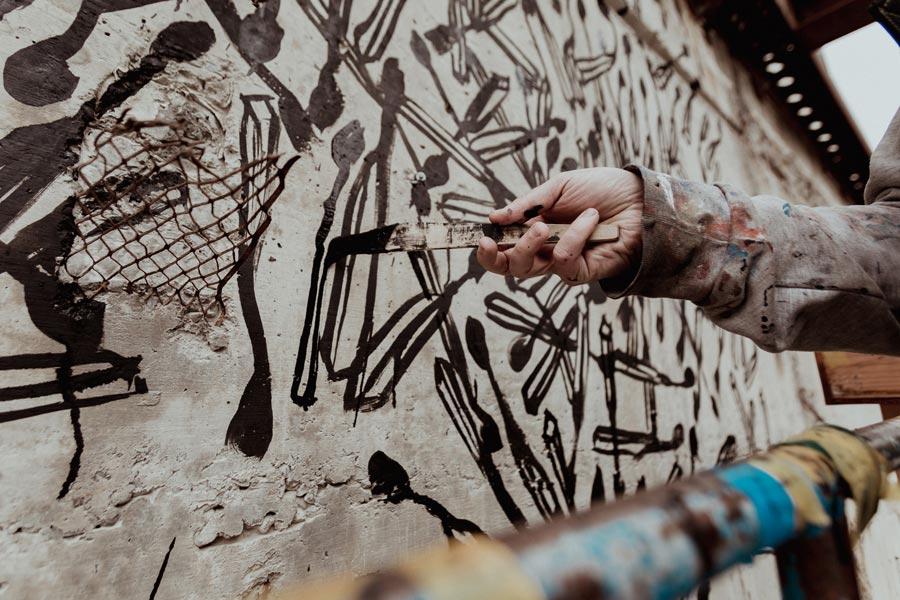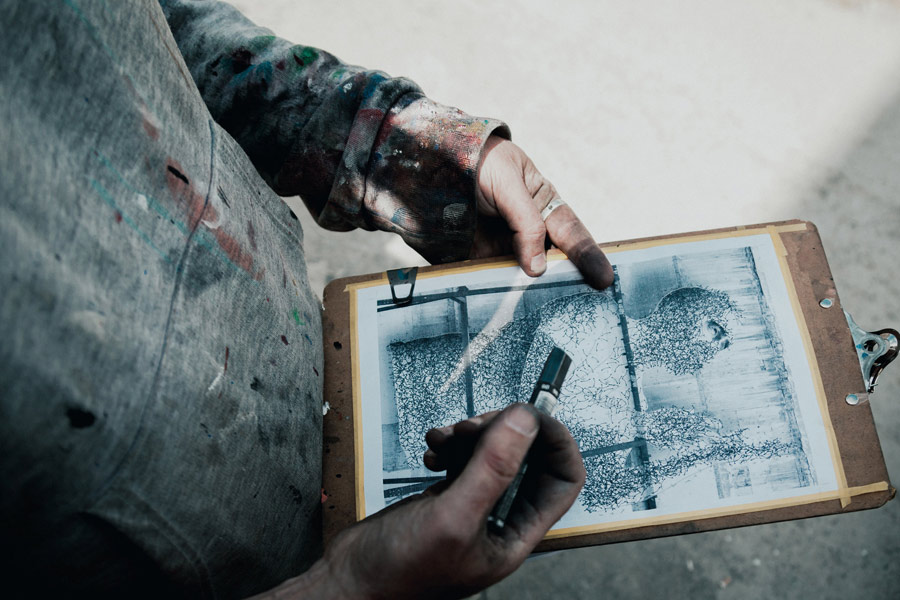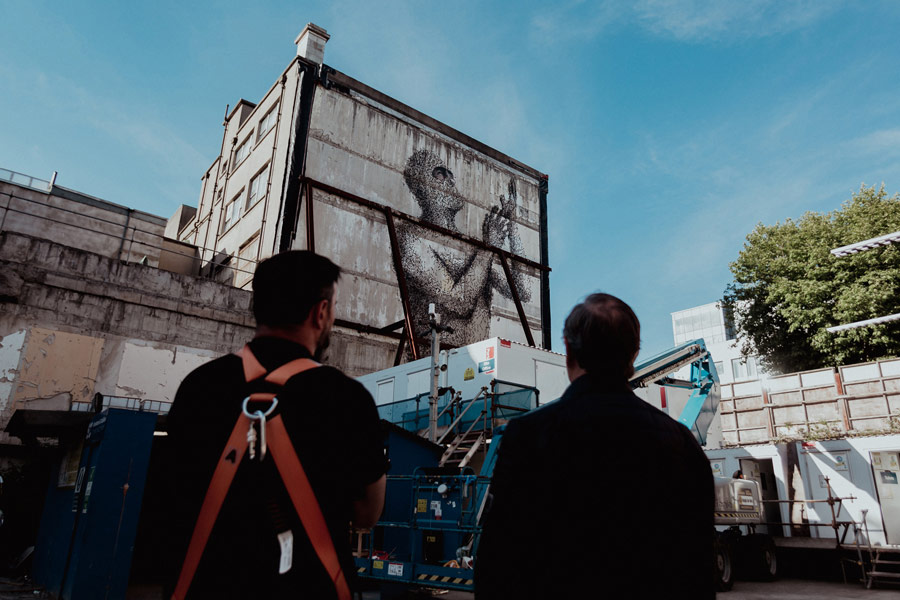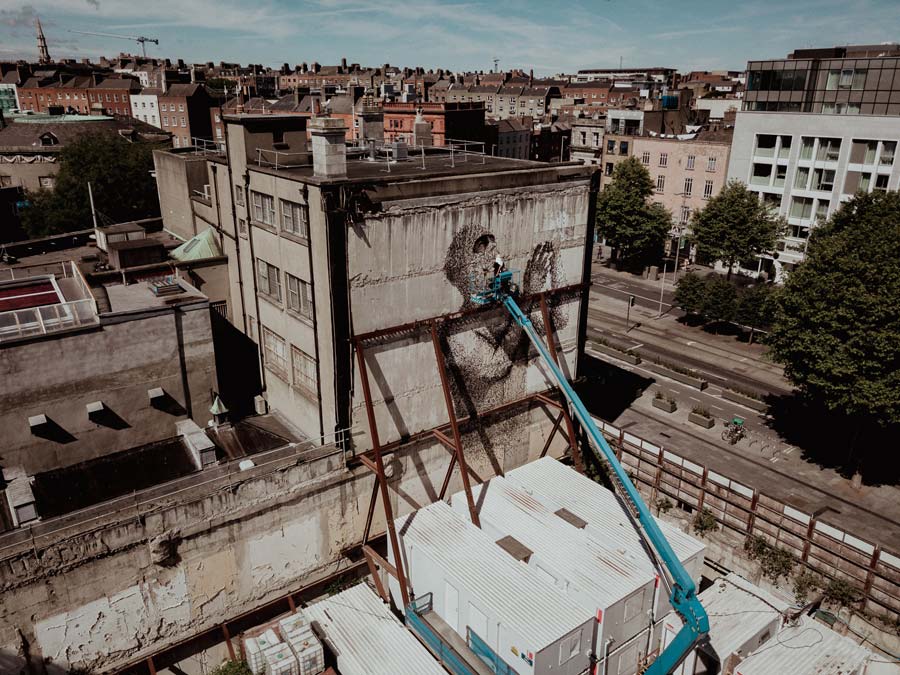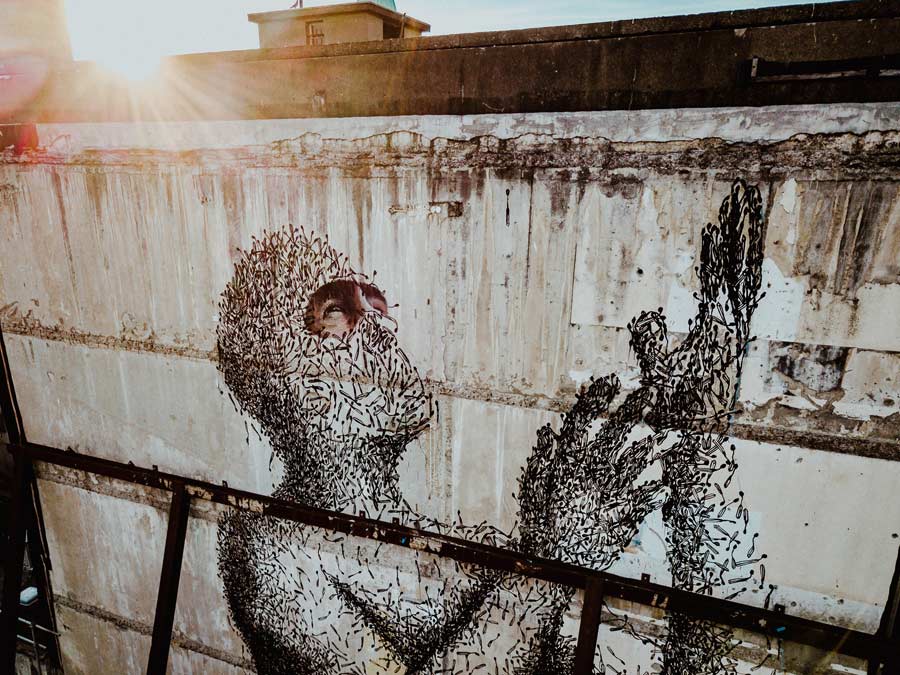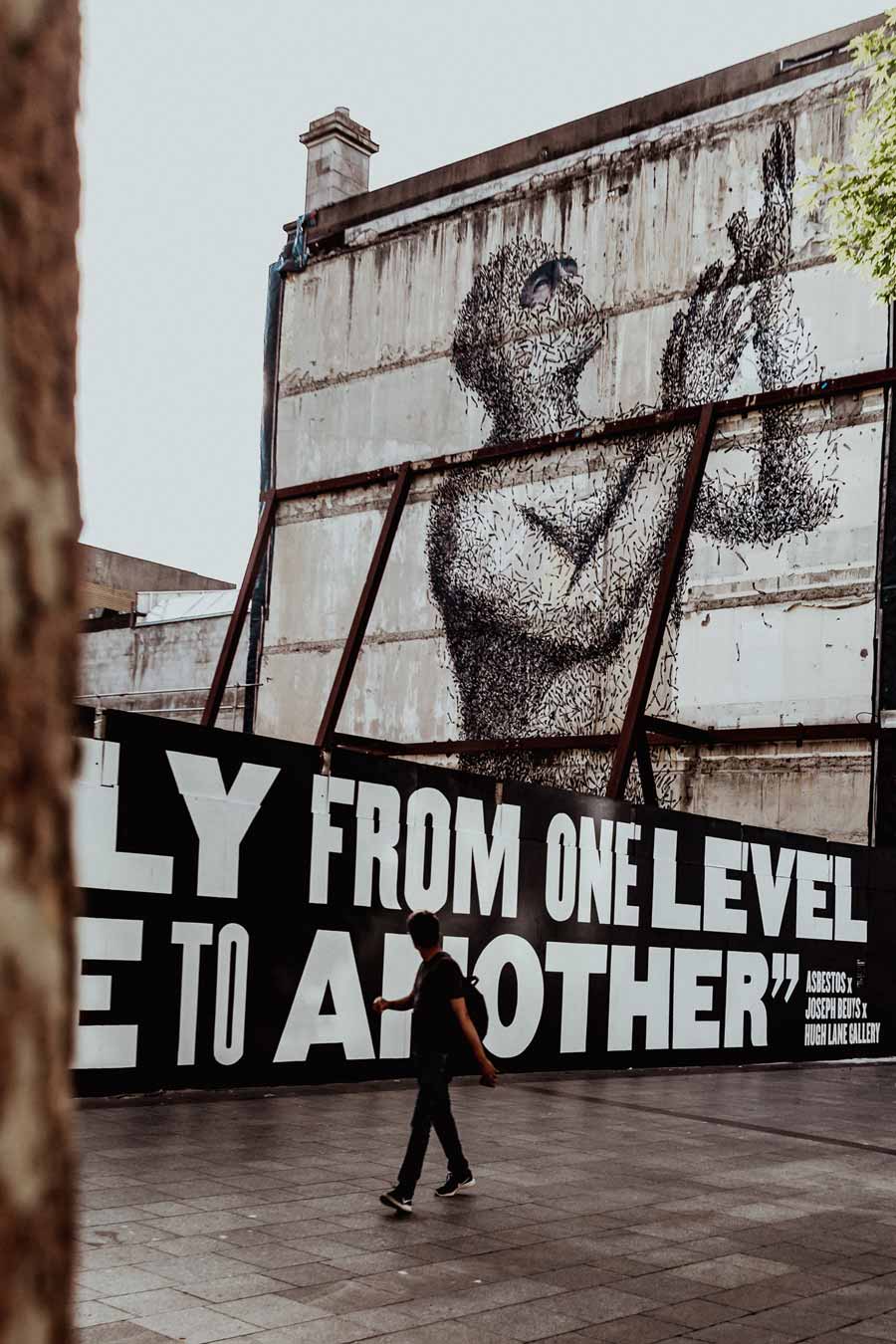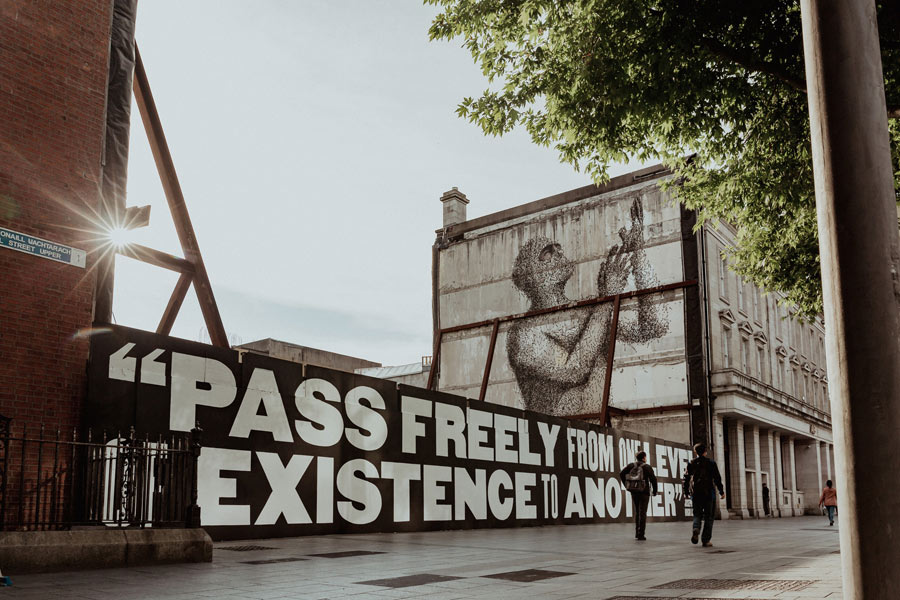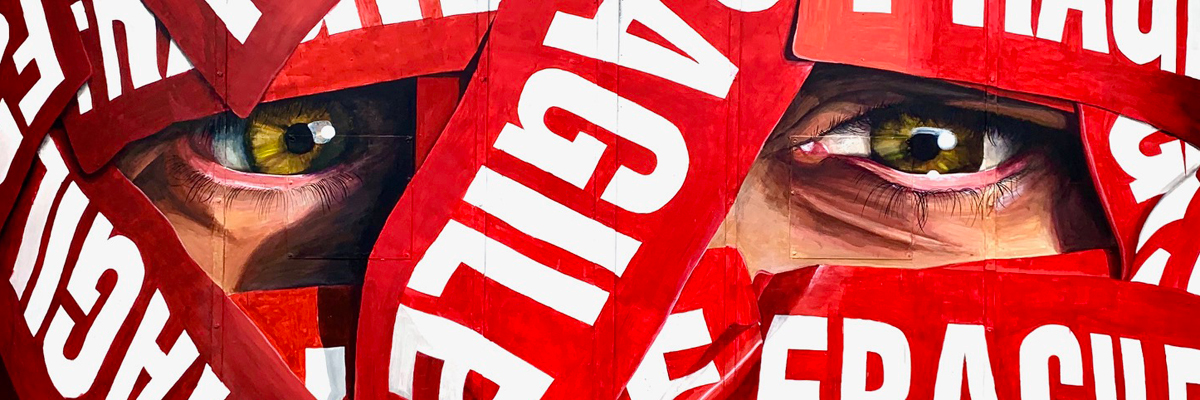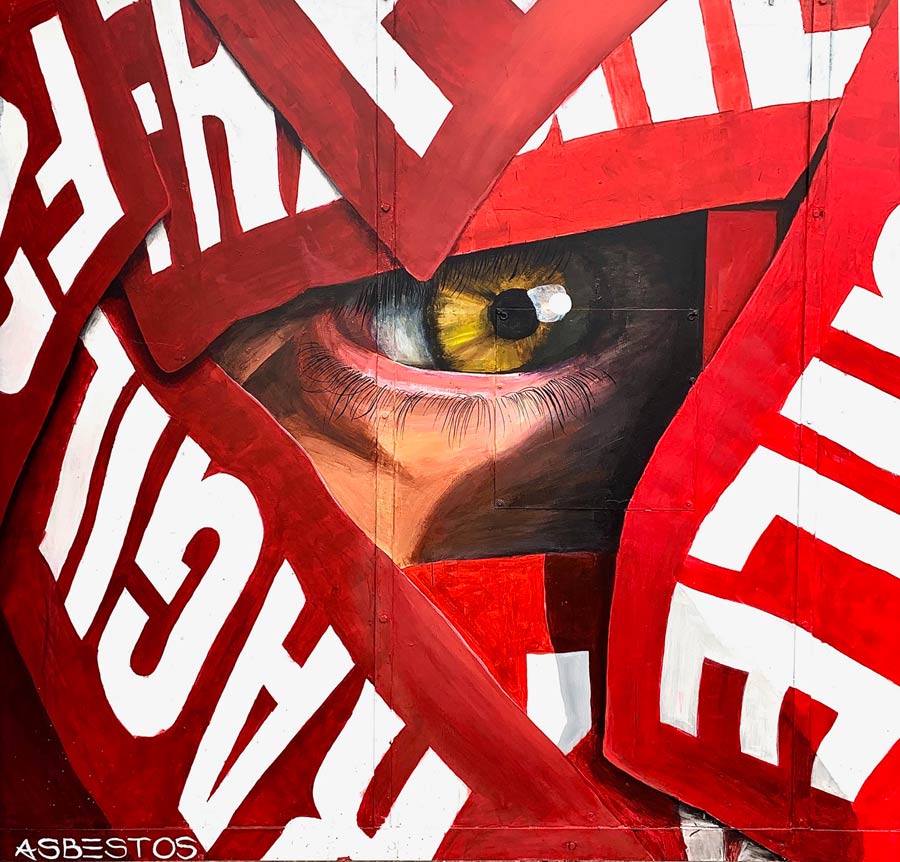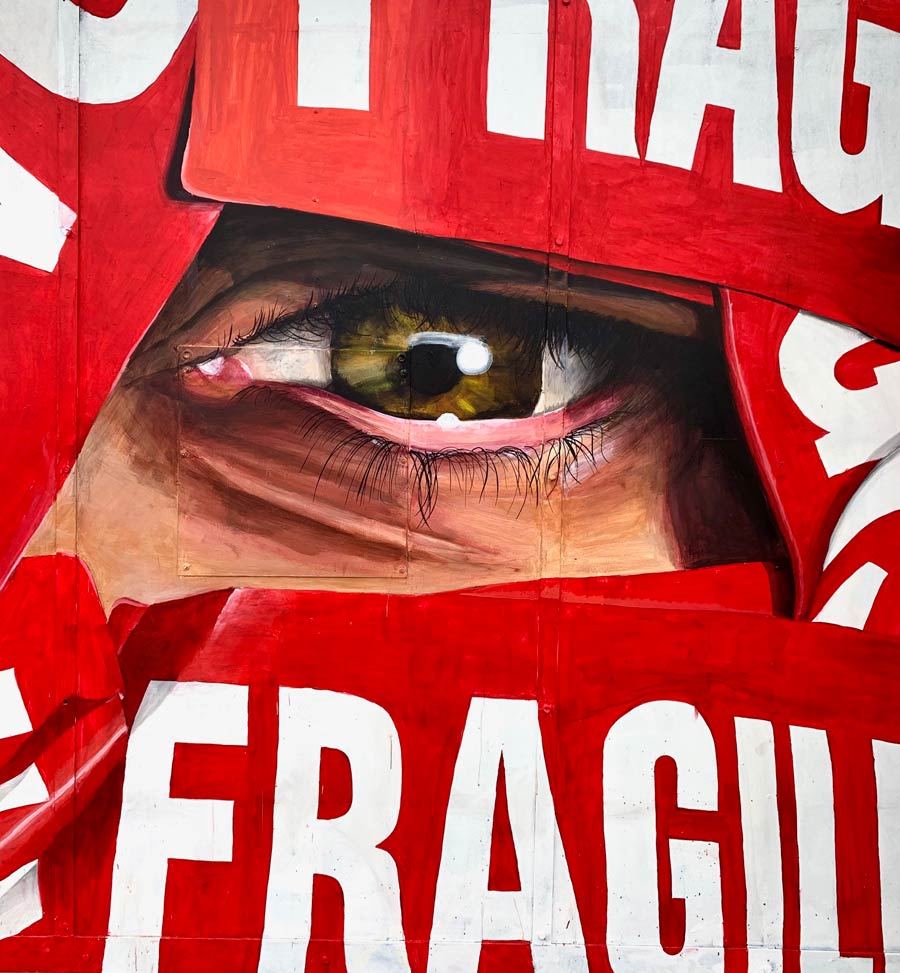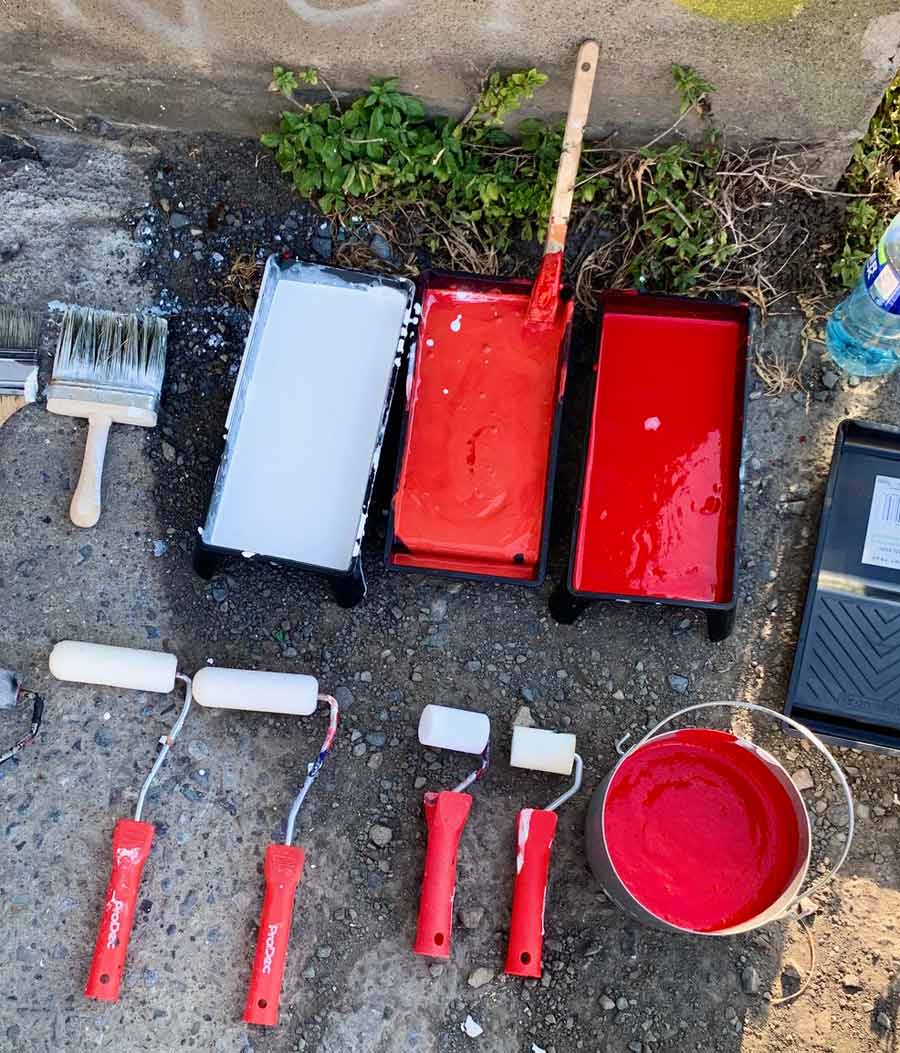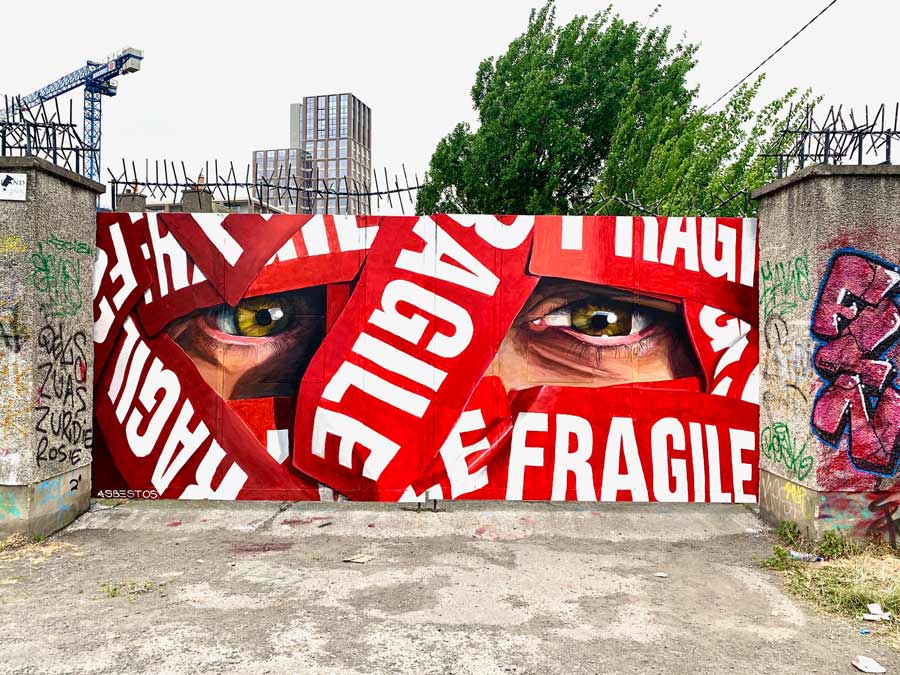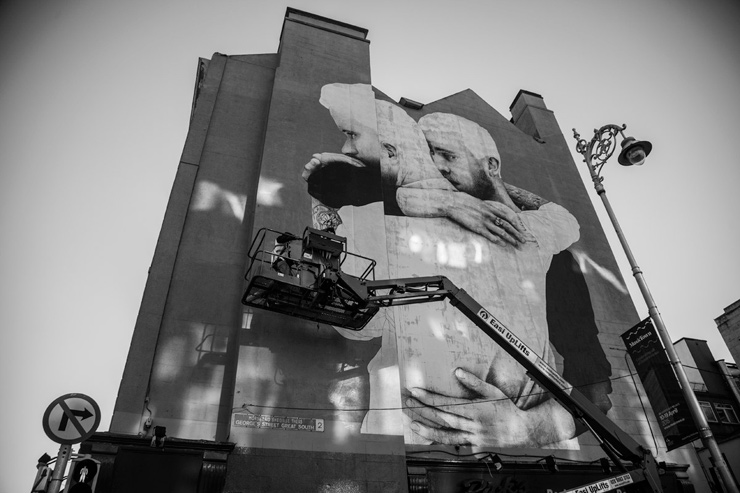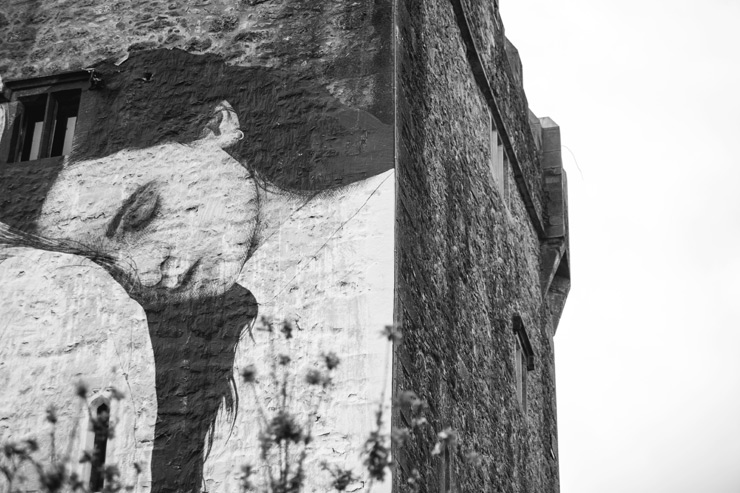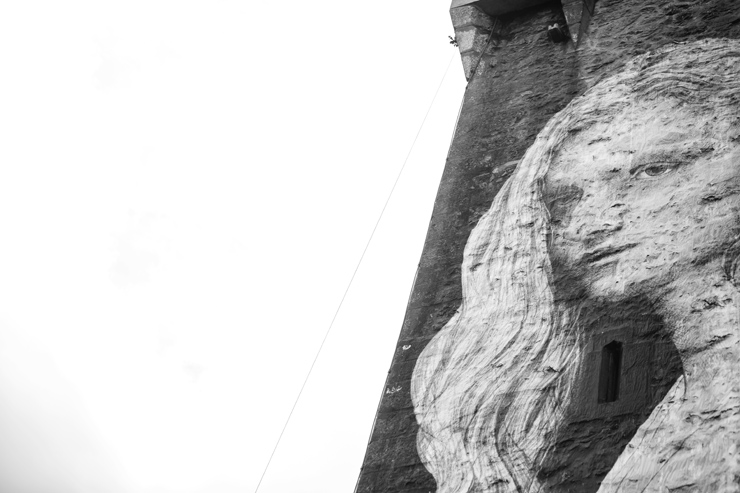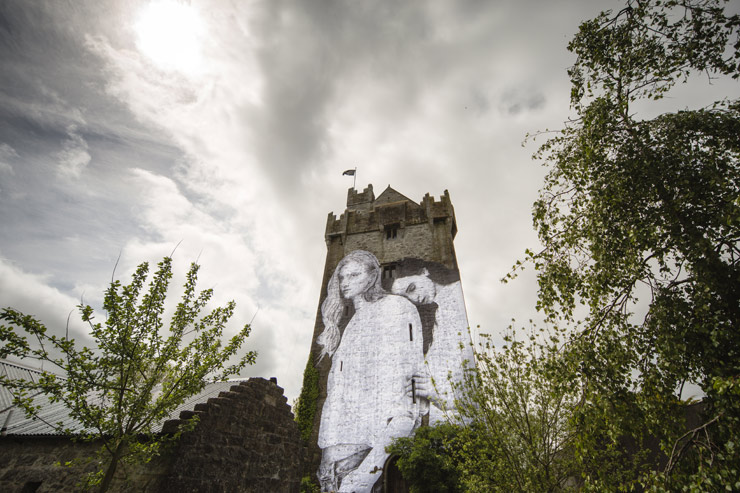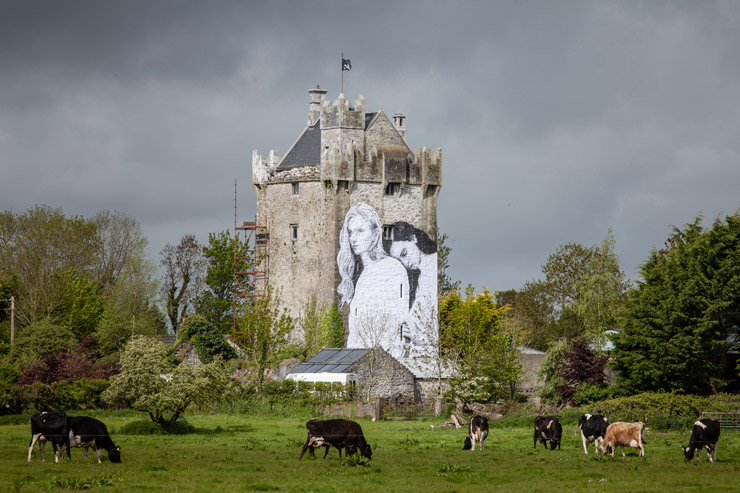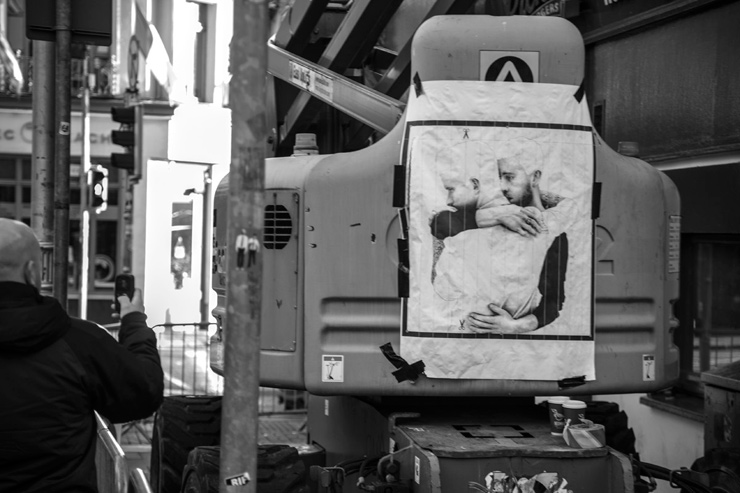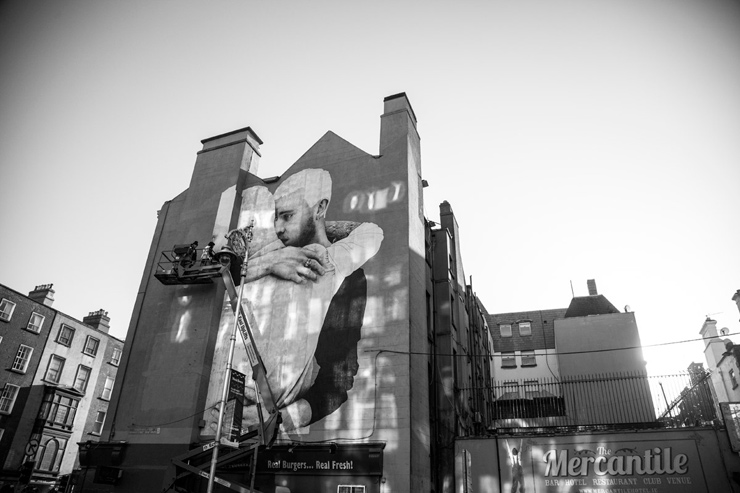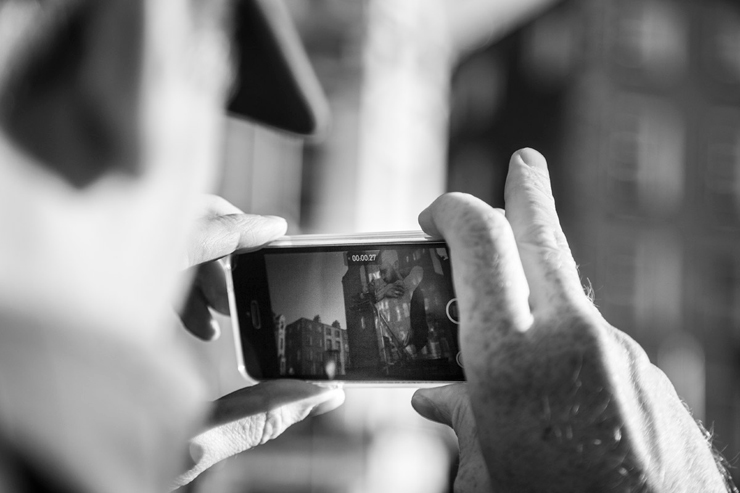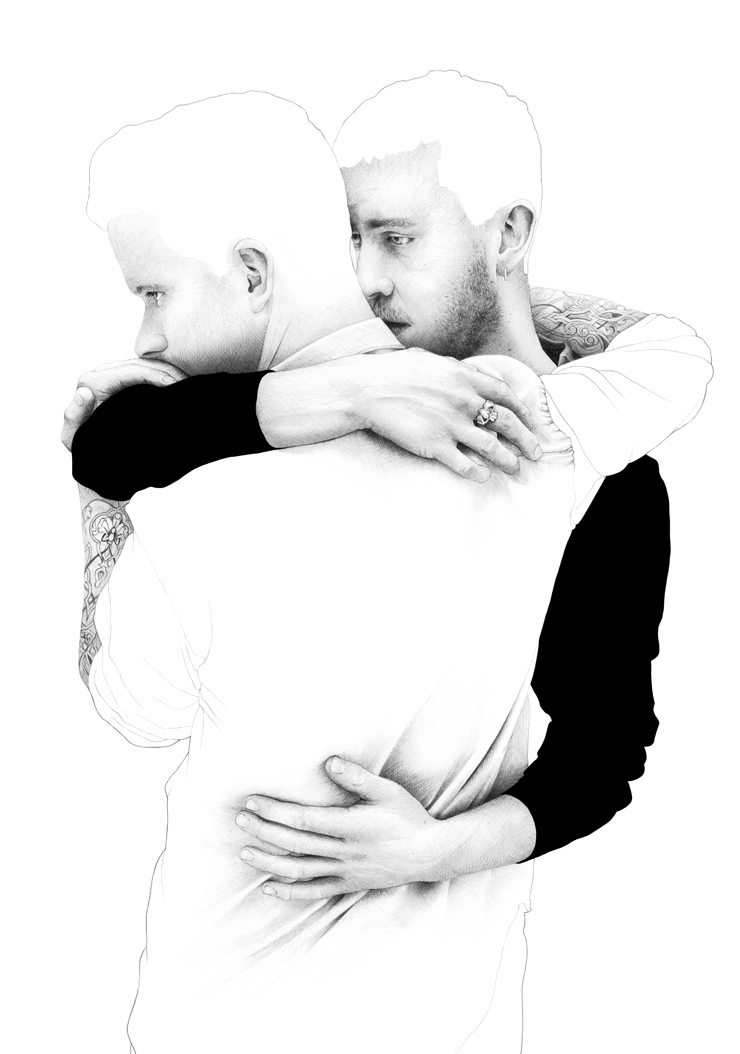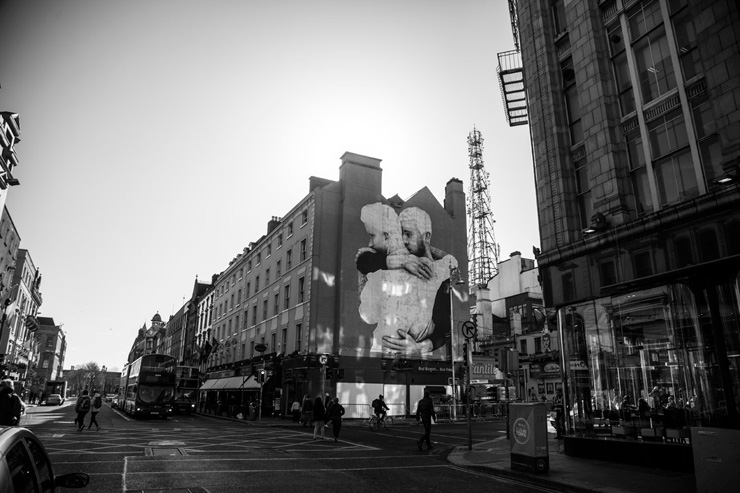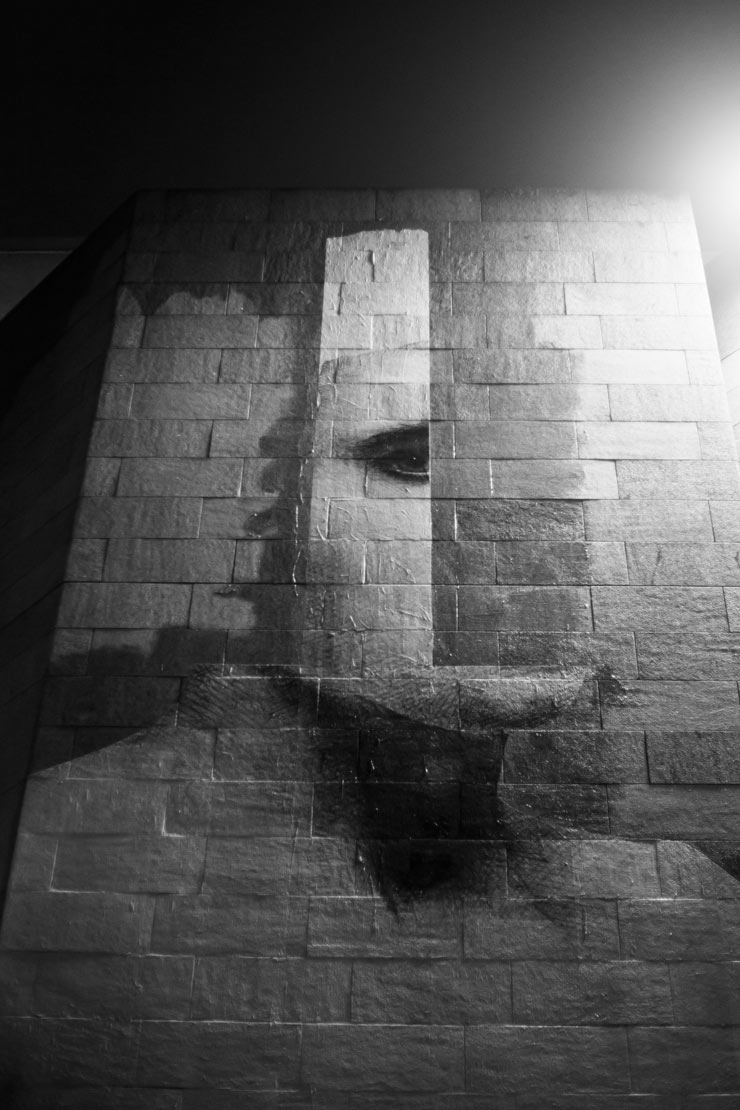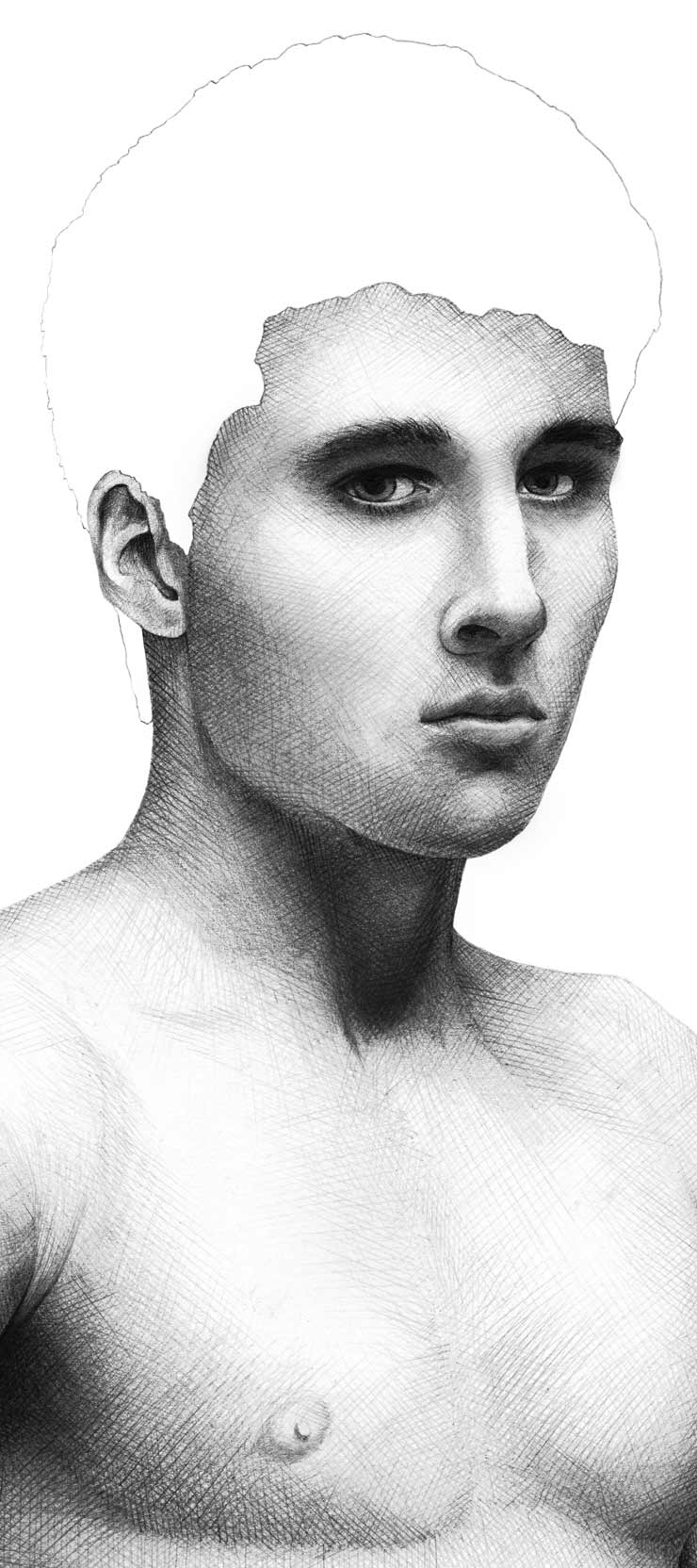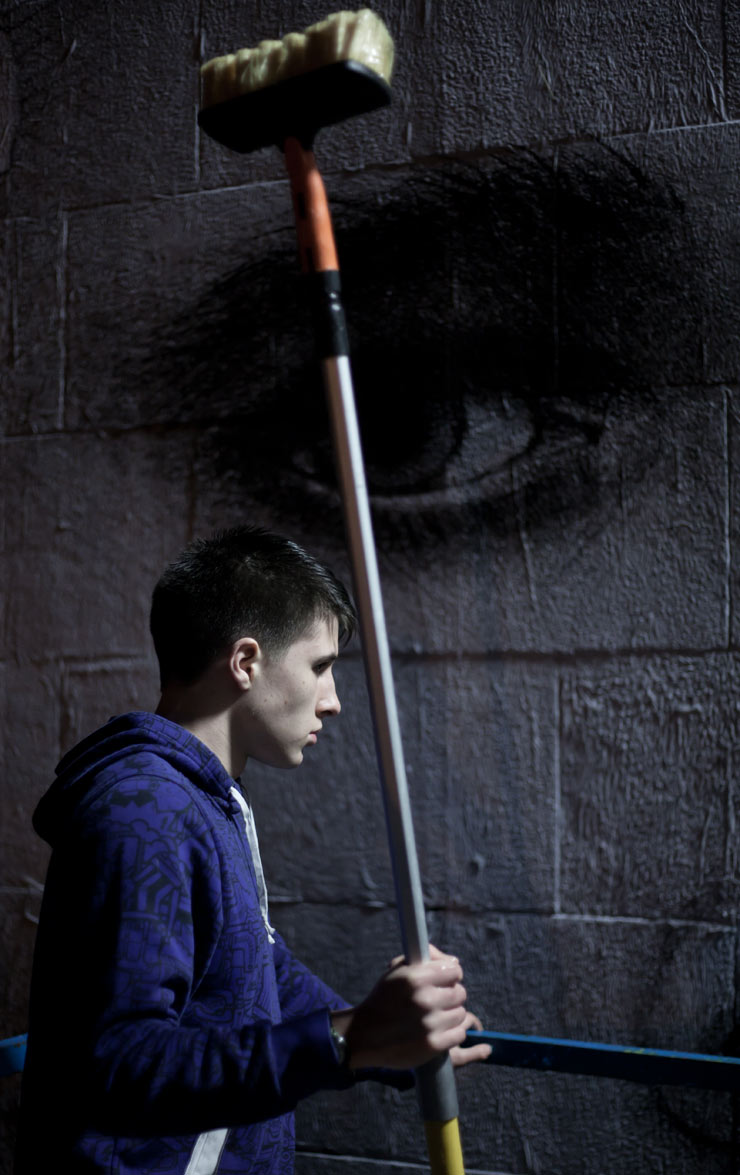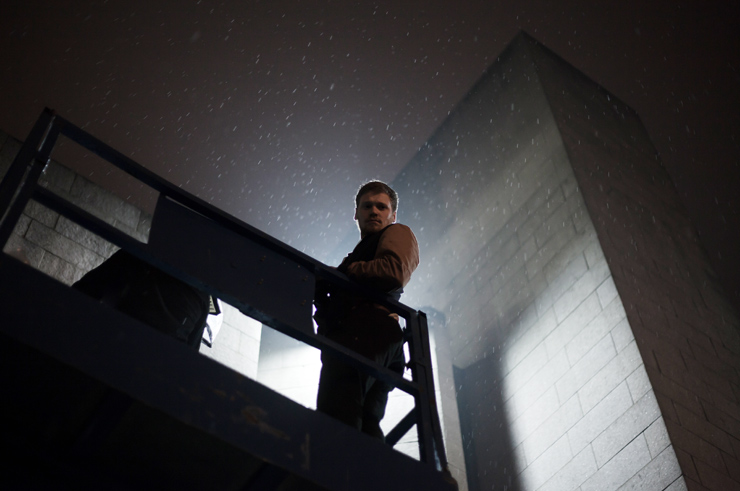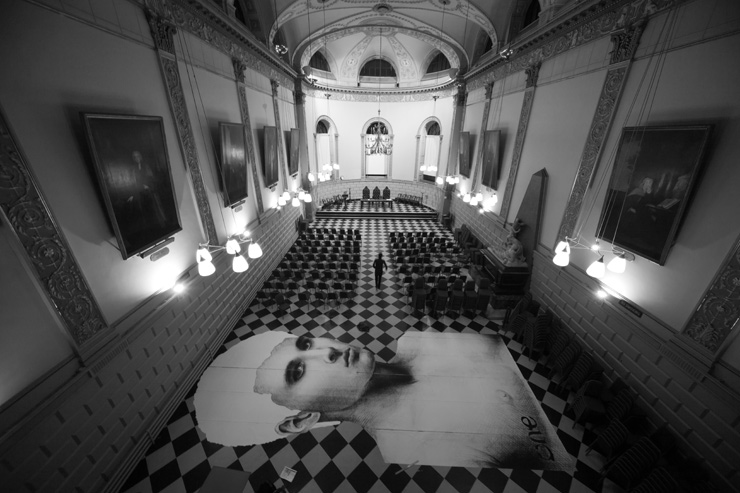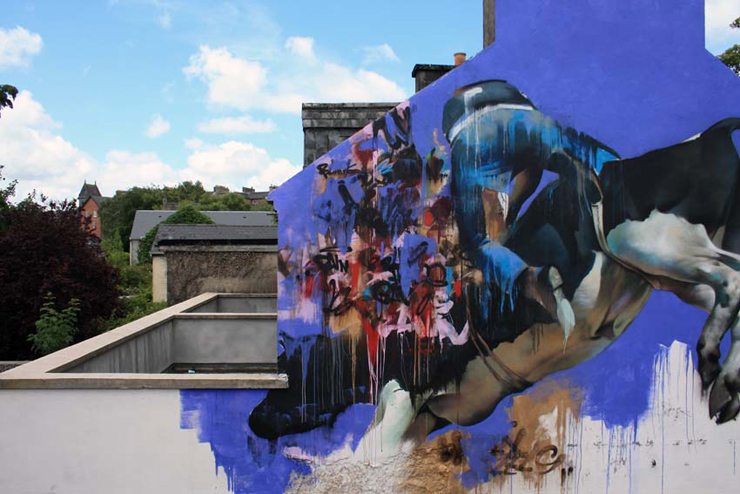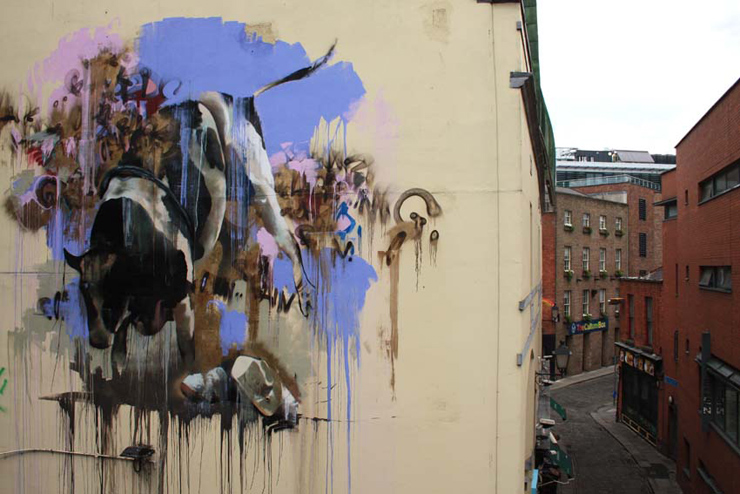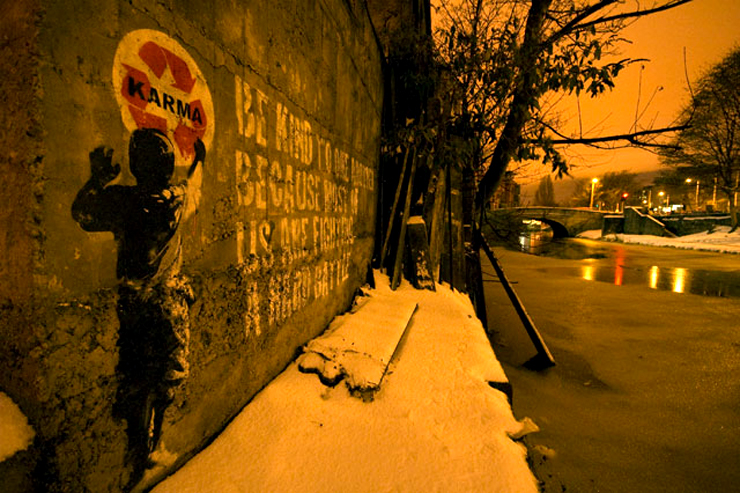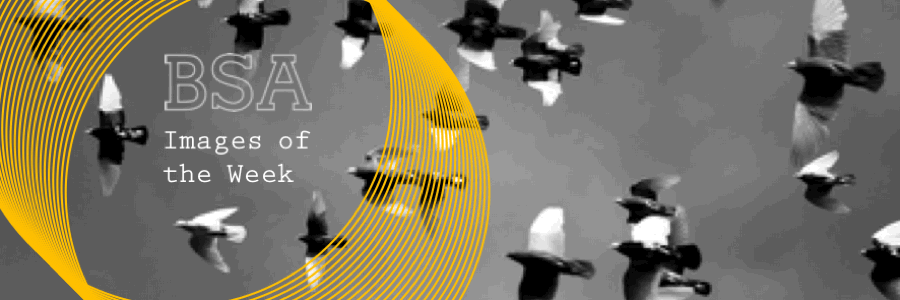
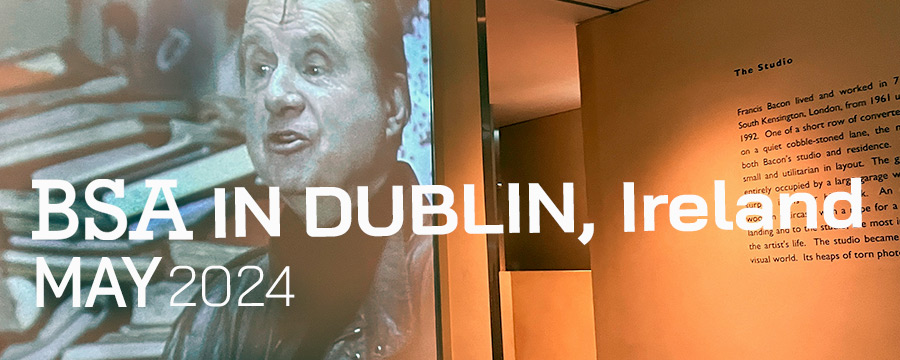
Welcome to BSA Images of the Week.
This week, BSA visited Dublin to see the city, talk to people, and check out the local street art scene, and we’ve brought you a few images to share what we discovered. Dublin is a polished and technologically advanced city, home to the European headquarters of major corporations like Google, Meta, and LinkedIn. The Grand Canal Docks area, often referred to as “Silicon Docks,” is known for its concentration of multinational tech companies and financial institutions, and there appears to be a rapacious appetite for new buildings, with cranes gliding slowly above head in a silent skyline dance. Dublin also appears as fertile ground for political discourse, erudition, and civic engagement. It often hosts debates, protests, and rallies on issues from ‘The Troubles’, an influx of immigration, and greater global concerns. Upon our arrival from Belfast, we were immediately struck by a six-story-high banner along the canal proclaiming “Ceasefire now” on Liberty Hall in bold, clear lettering.
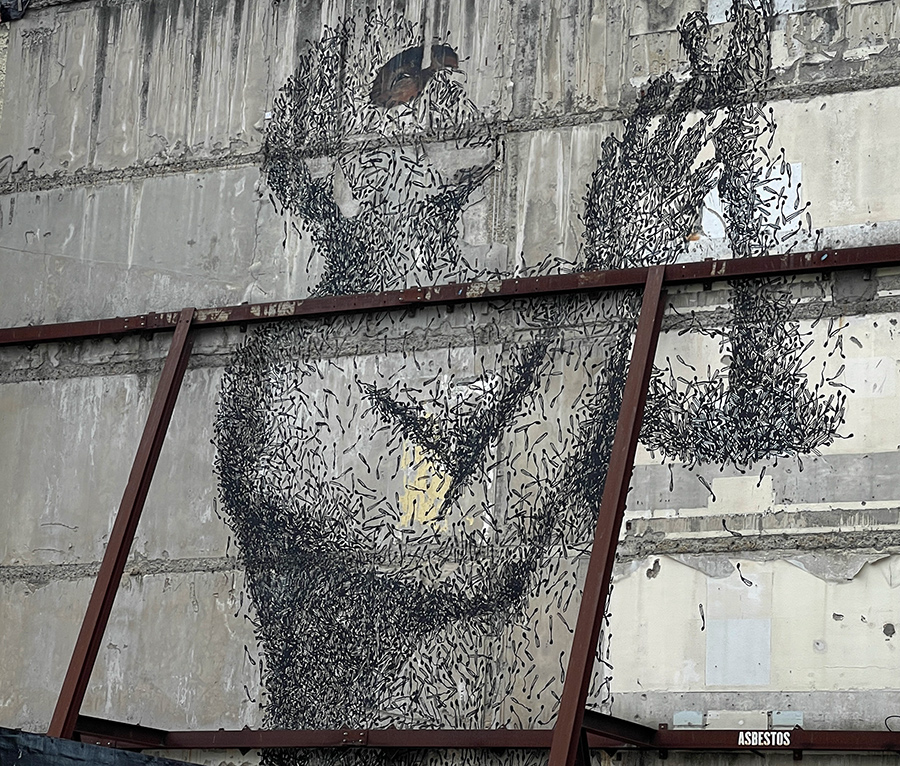
Similarly, Ireland’s most prestigious university, Trinity College, has been the focus of intense and sustained protests by its student body over its financial ties with Israel. On Wednesday, the university announced its decision to divest fully in response to the ongoing decimation of Gaza. In the realm of street art and graffiti, these political sentiments often permeate the works displayed in street art pieces, although graffiti writers typically reserve their most impressive efforts to create sick burners of high quality – and you’ll want to check out places like Smithfield and Richmond Streets.
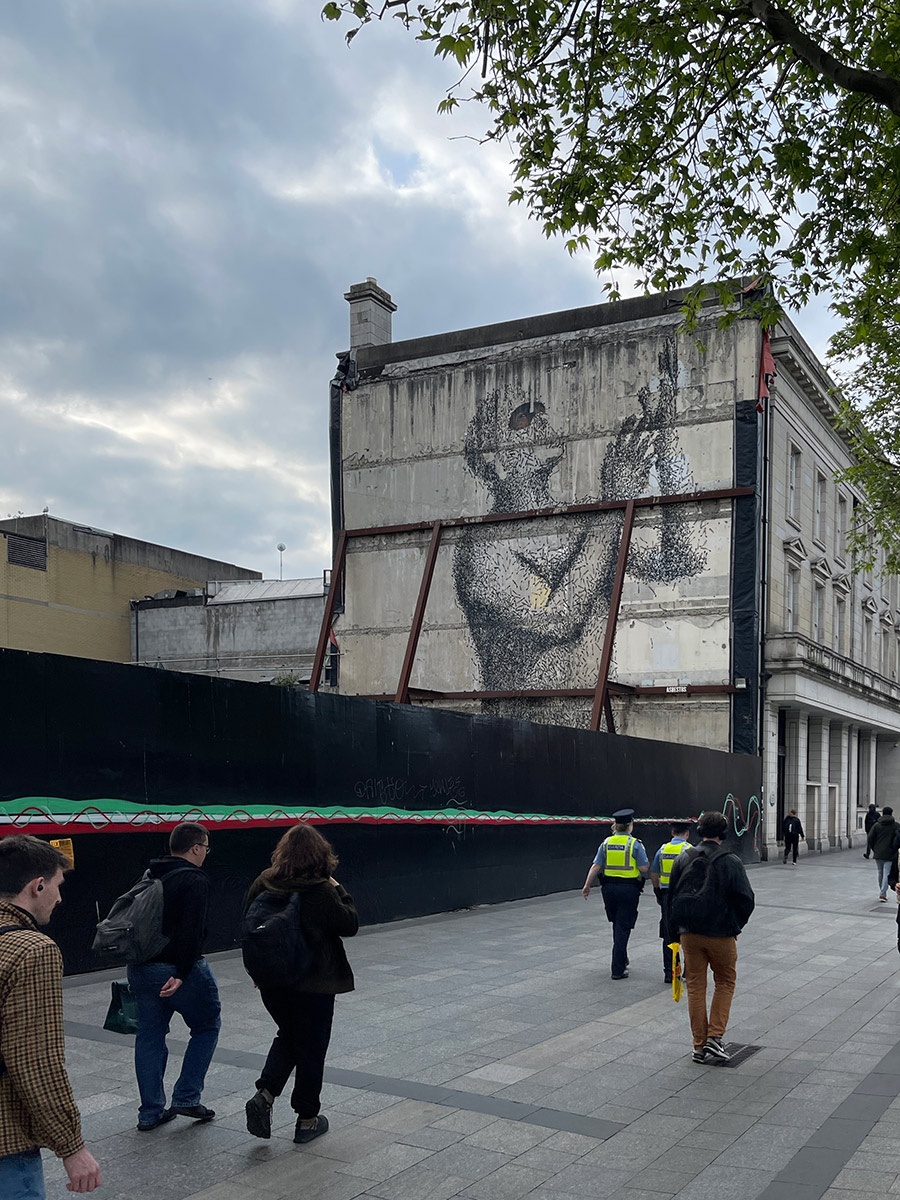
Dublin is clean, green, and cosmopolitan, albeit not unnecessarily flashy. Even so, there were some sketchy moments in a couple of neighborhoods that boasted casinos and more than average shares of people who appeared to struggle with addiction. The city boasts a strong café and pub culture and has a genuinely diverse population, with Spanish, Arabic, Hindi, Romanian, and Polish commonly heard on the streets and in the lush parks full of lovers, players, statues, and magpies. Literary giants like James Joyce, Samuel Beckett, and W.B. Yeats are frequently depicted on banners and backpacks on university campuses and outside museums. The music scene appears to lean toward the big names and sounds on the global stage, distinguished by a strong respect for traditional Irish music and folk music, no doubt shaped and formed in the storytelling by groups like the Chieftains and of course, the Dubliners.
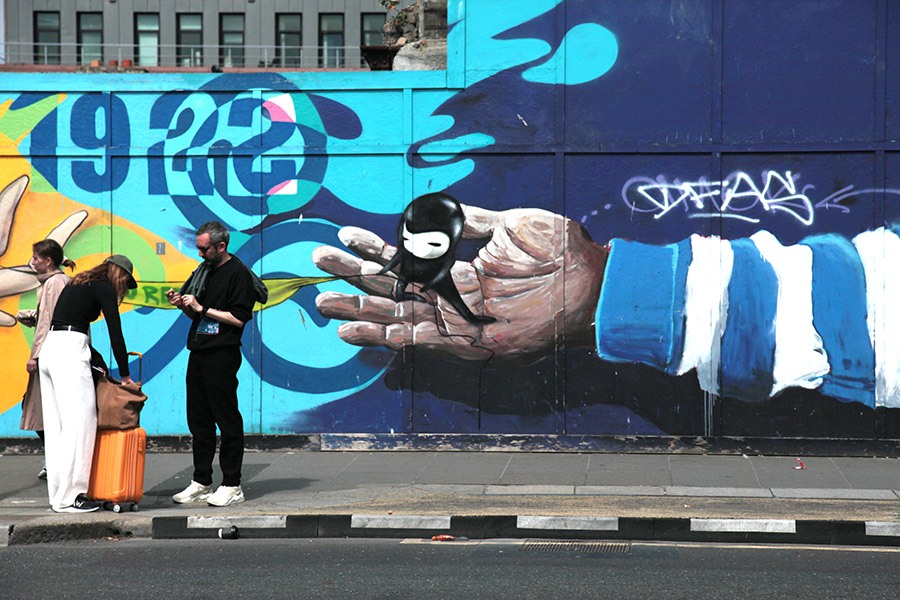
We also had the opportunity to visit Francis Bacon’s studio, thanks to a tip from Hooked Blog’s Mark Rigney. This visit to see and listen to recordings of interviews with him at Hugh Lane Gallery reaffirmed that there is no unanimity in the holy space called the artists’ studio. While some artists thrive in chaos and clutter, others prefer a nearly clinical sense of order. Here, we got a greater sense of how Bacon’s Irish heritage and formative years in Dublin influenced his bold, emotionally raw imagery and unique embrace of distortion.
As a balancing act, while we explored the streets, we viewed impressive works by the Dublin-based street artist Asbestos, known for his sharp critiques of social policy and politics. Seeing Asbestos’s work firsthand underscored his art’s scale and emotional depth, reflecting his introspective approach during these times of widespread uncertainty and change.
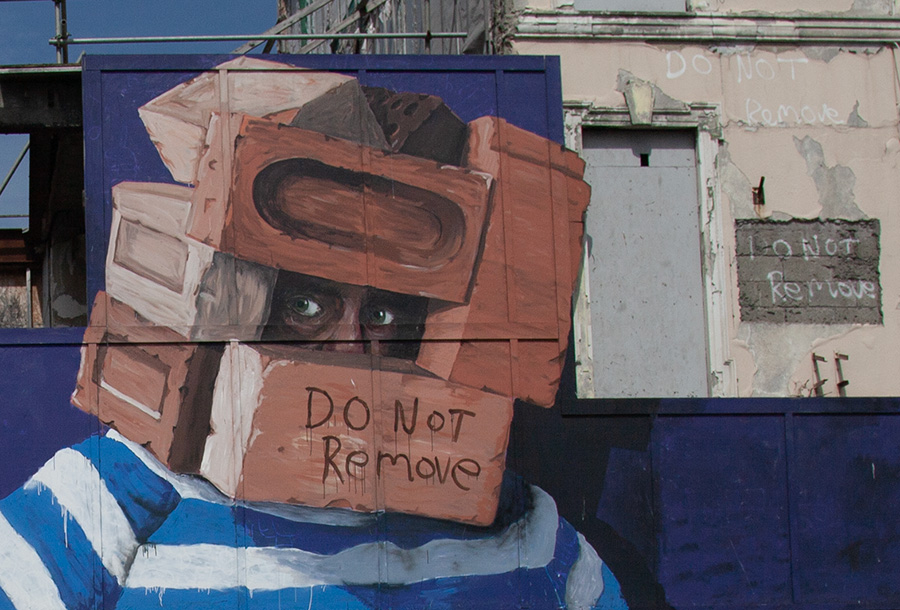
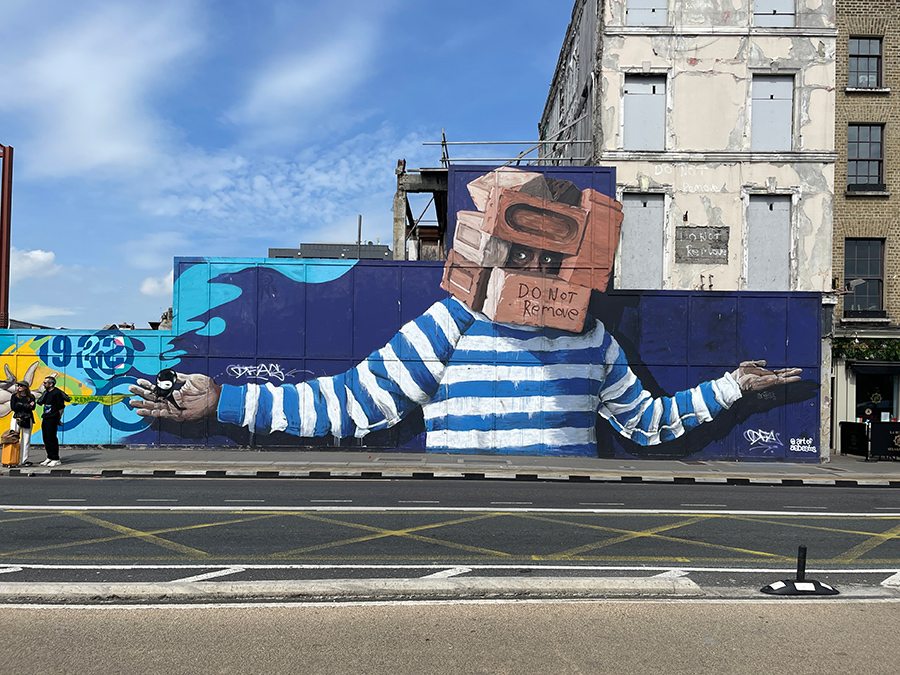
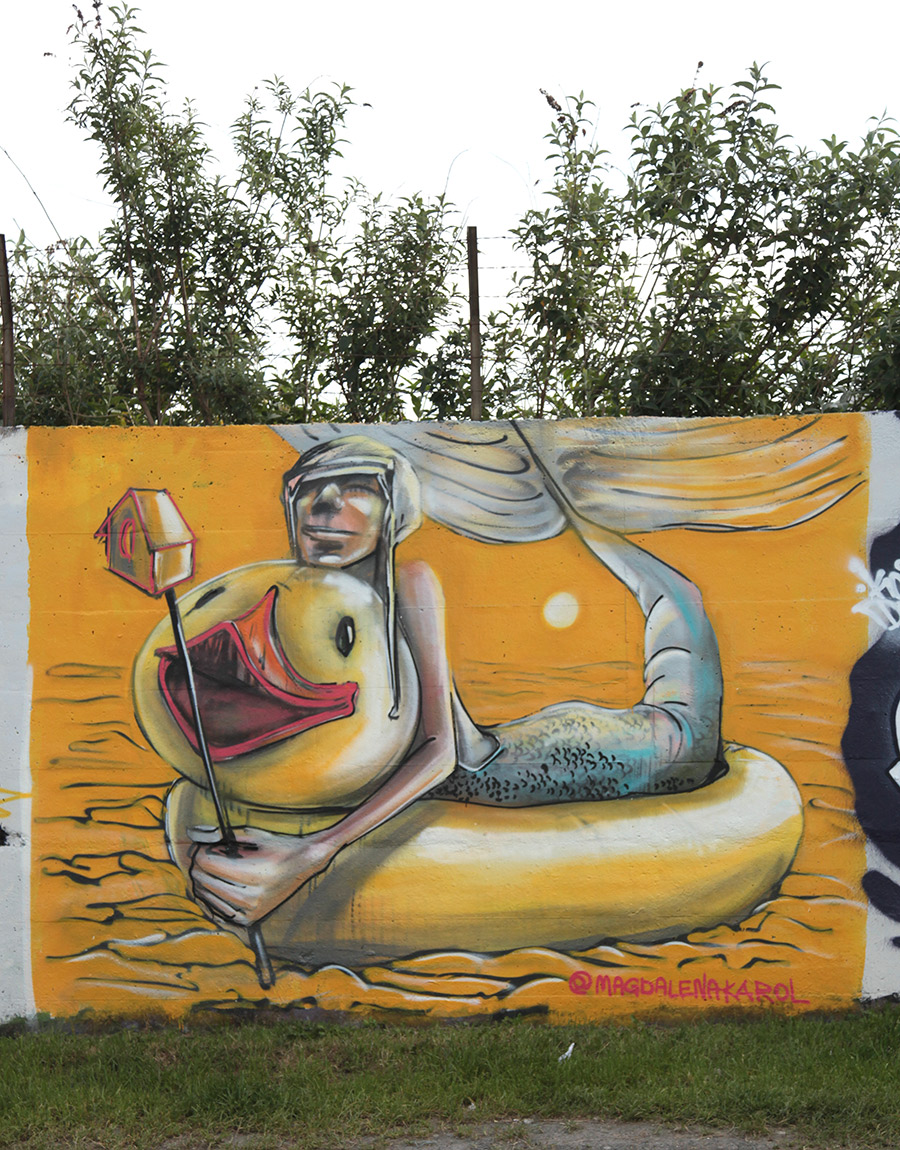
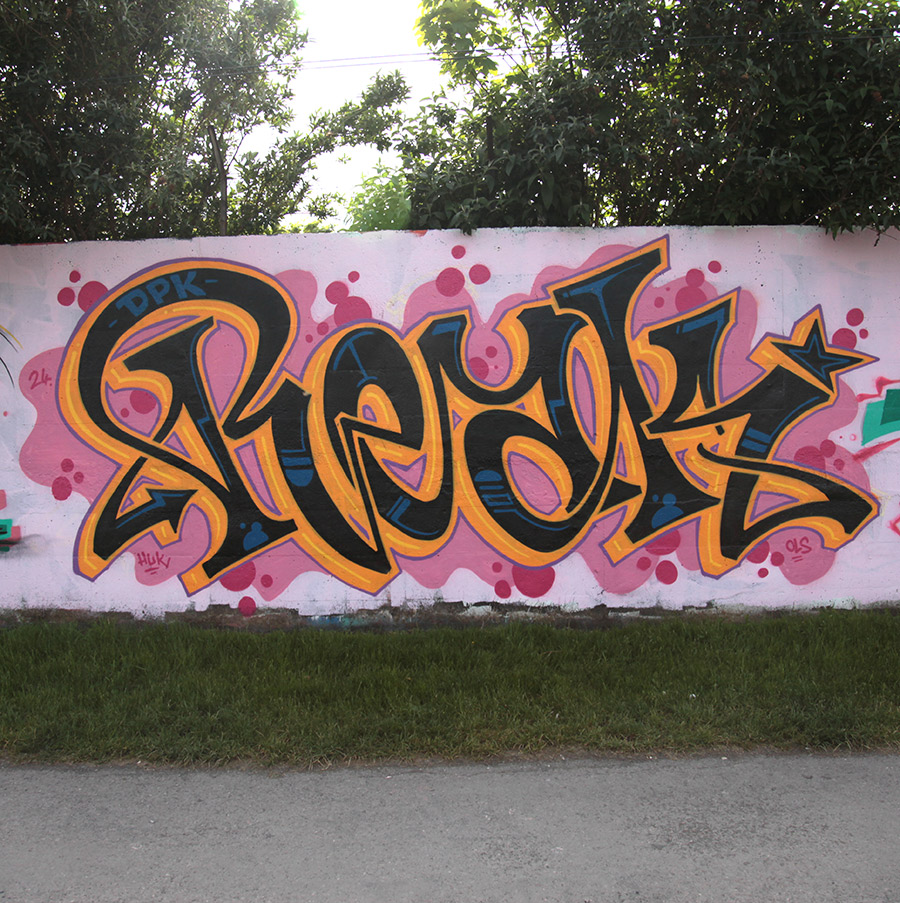
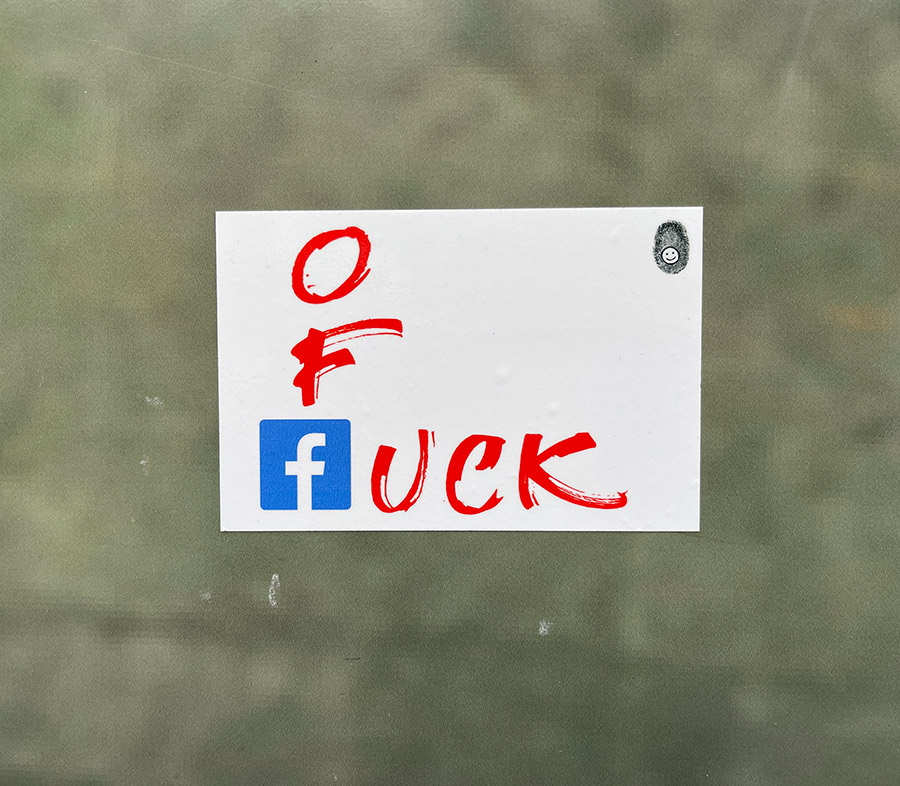
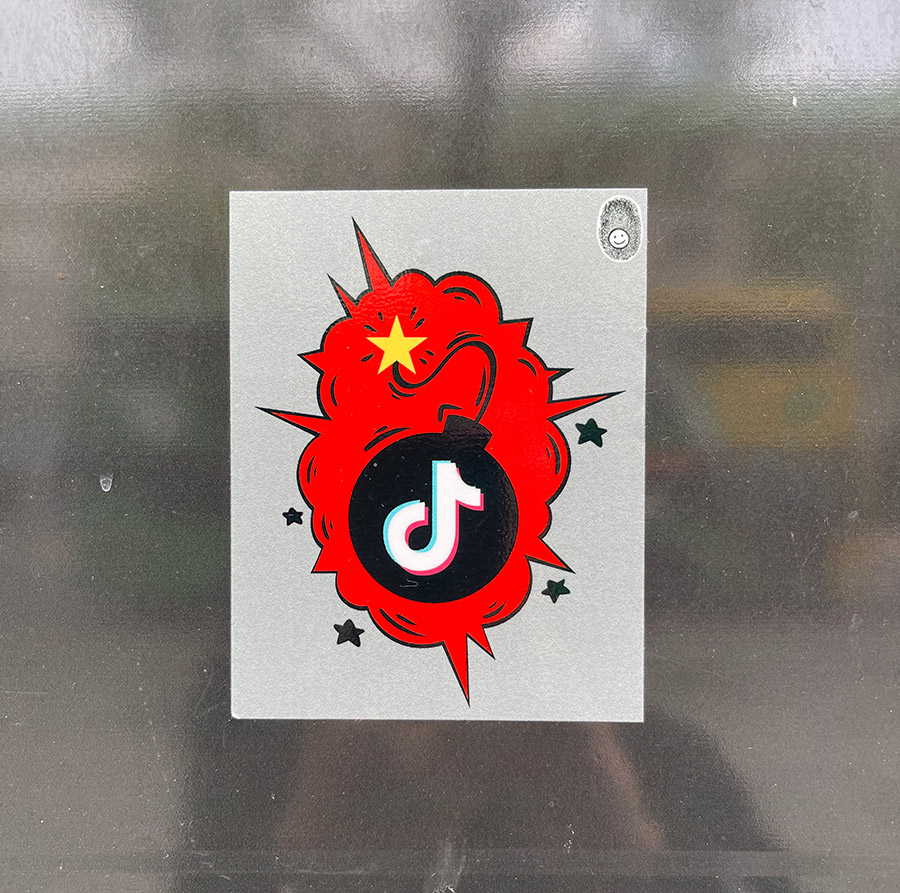
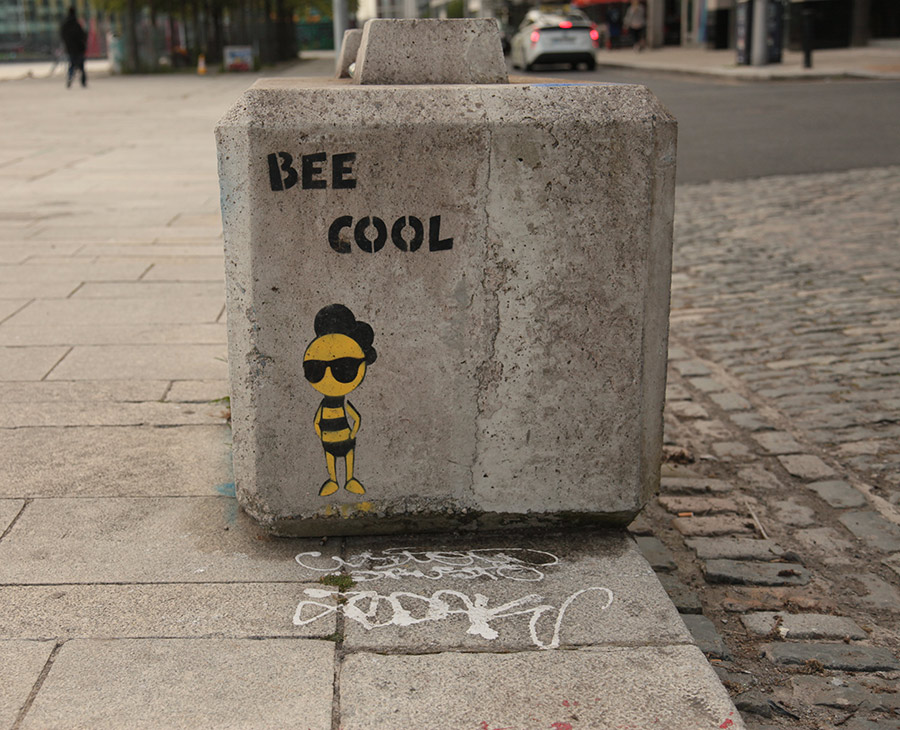
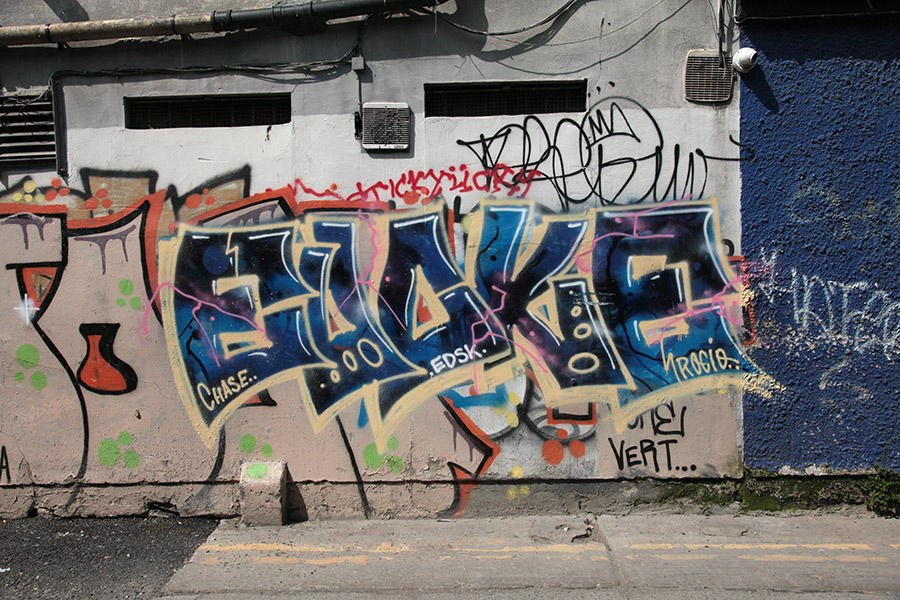
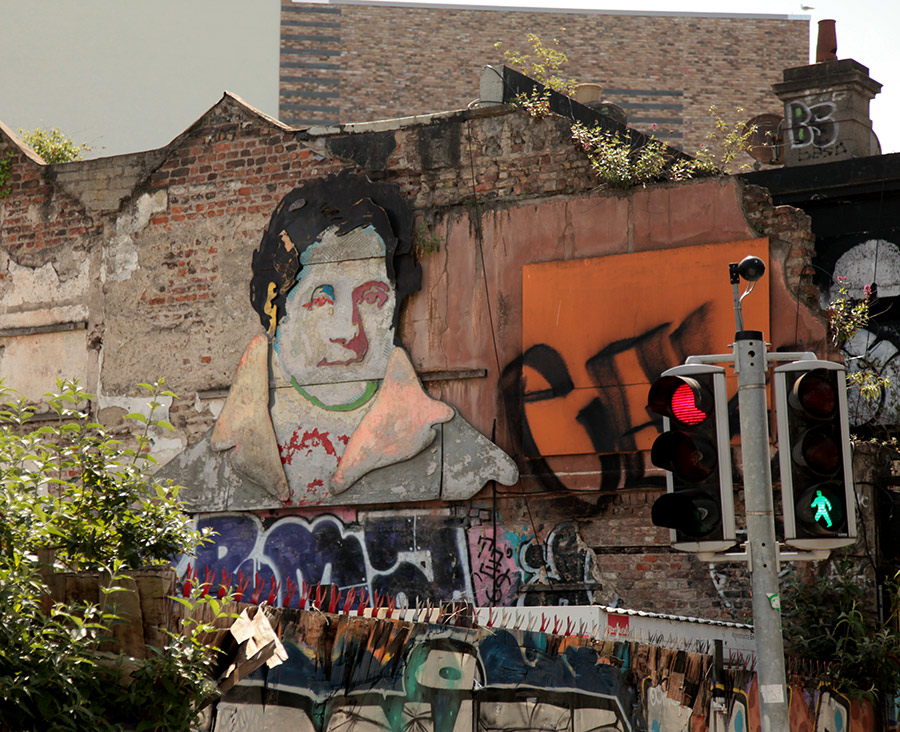
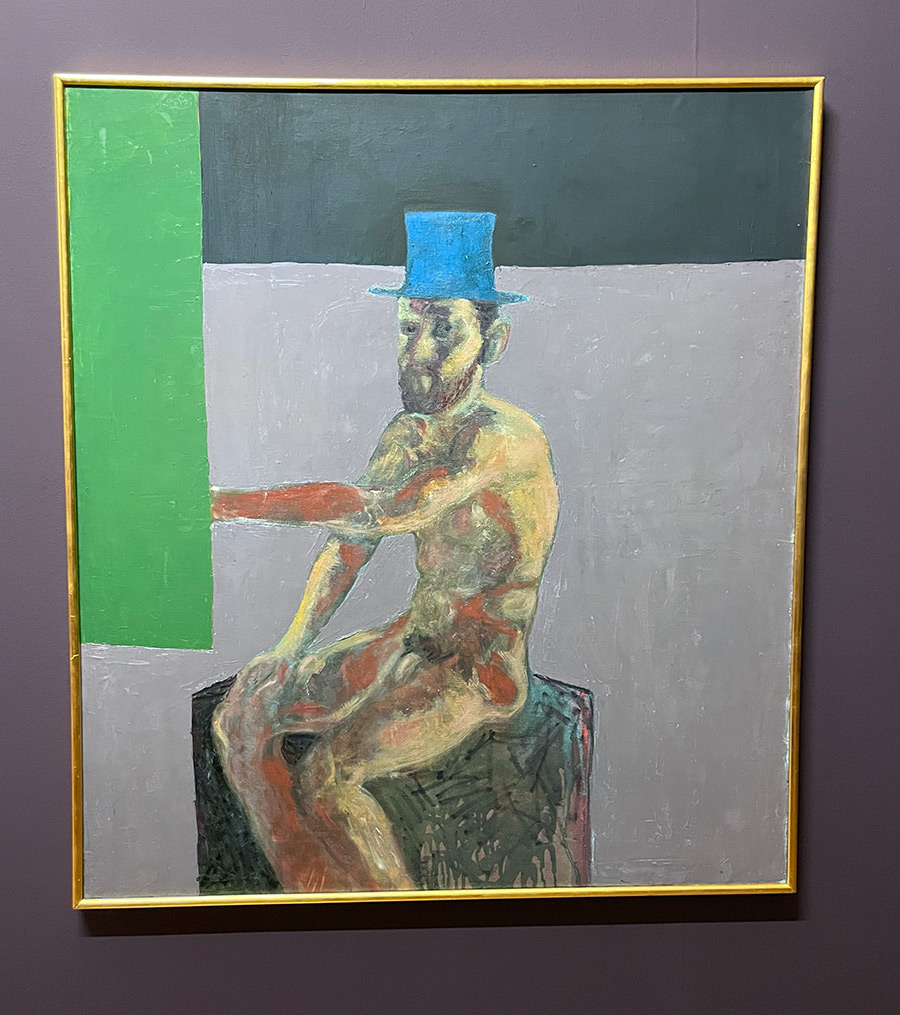
1965
Oil on canvas, 127 x 114.4 cm
Purchased, 1982
“This is one a series of self-mocking portraits in which Bourke depicts himself wearing incongruous headwear. The modeling of his naked body is in stark contrast to the abstract background, heightening the definition of the figure. There are parallels with Francis Bacon’s work in the placement of the figure in an unidentifiable spatial setting and the way the figure is built up with thicker applications of paint.”
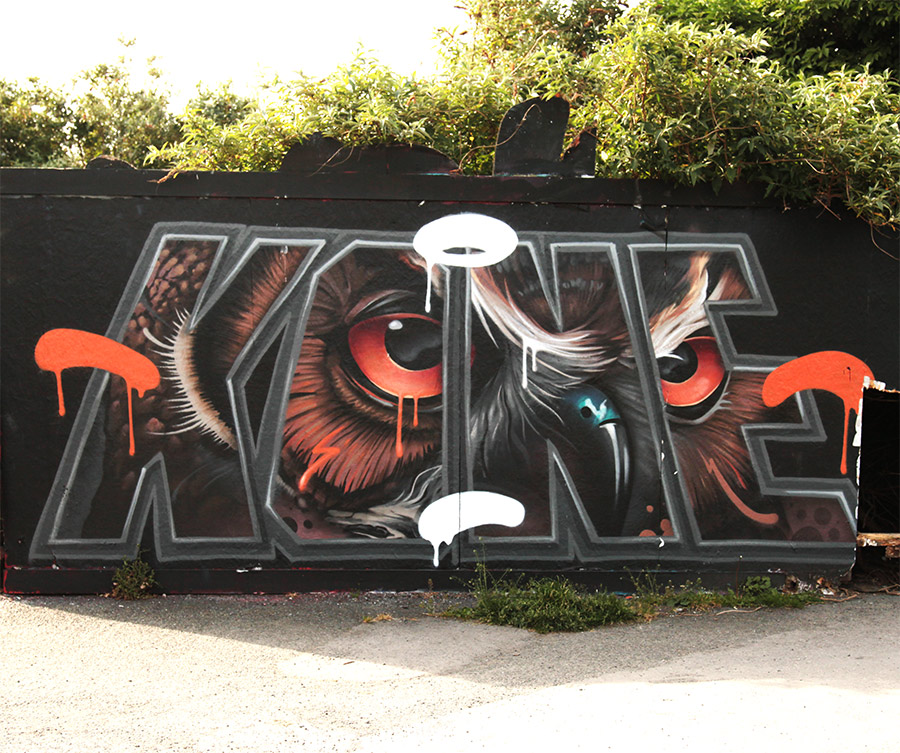
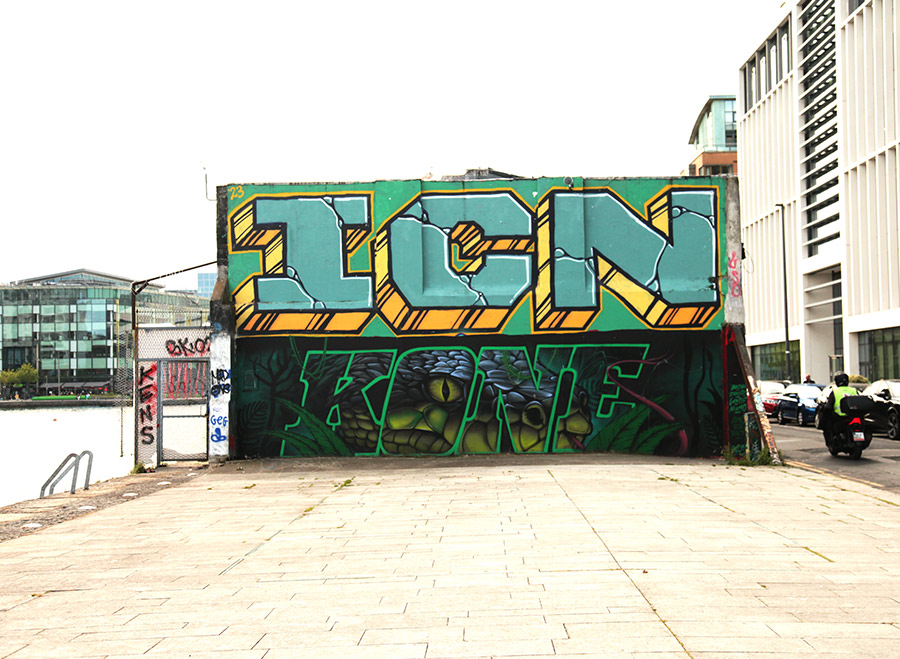
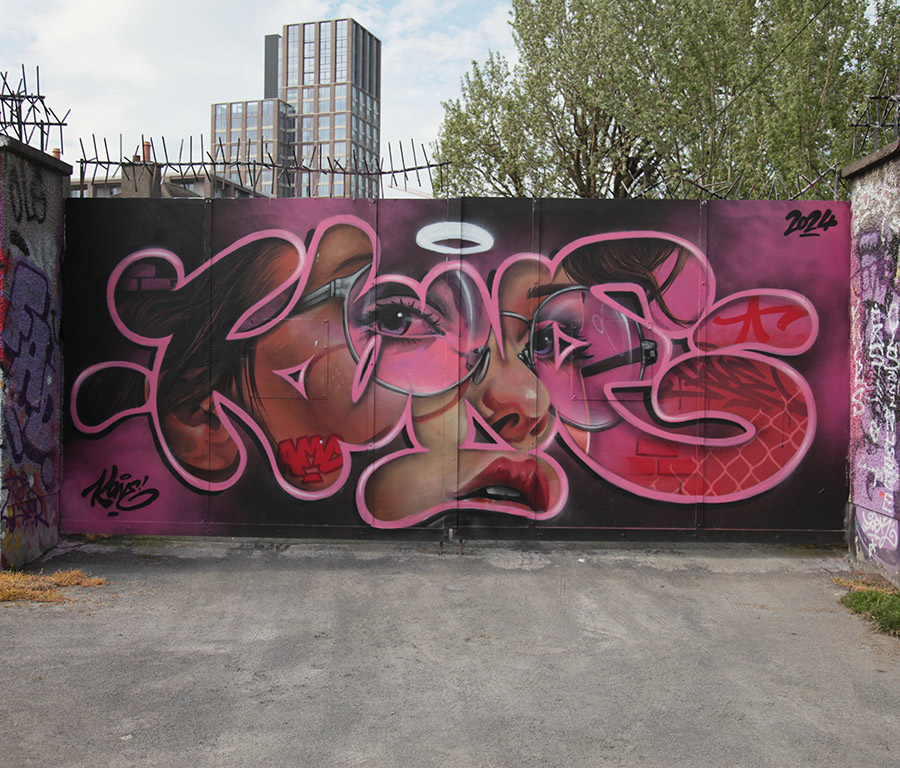
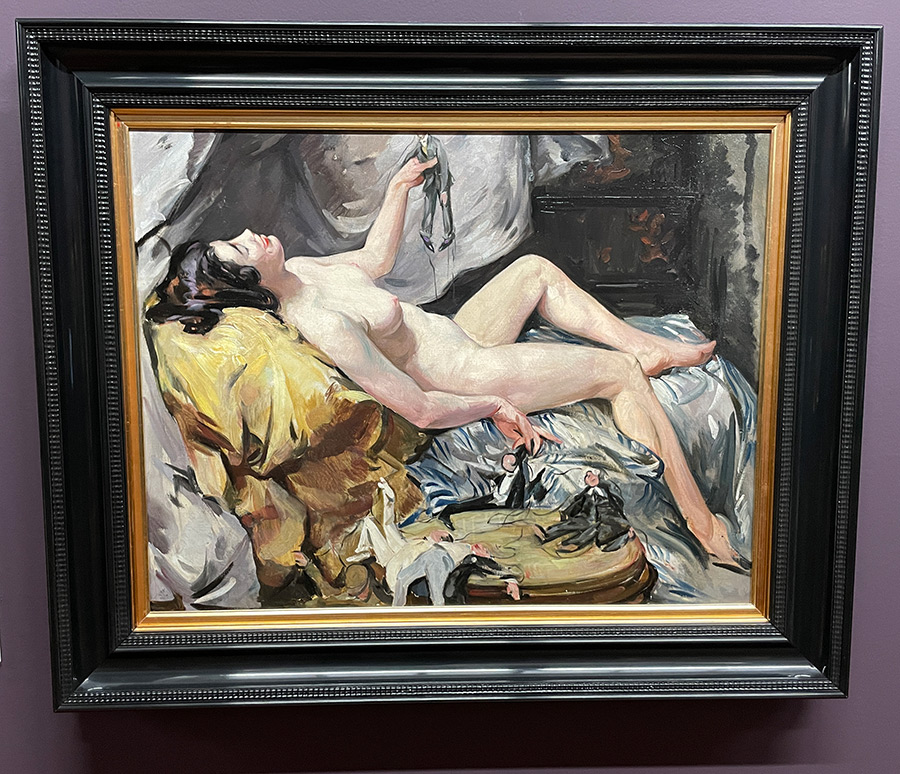
Oil on canvas. 64.5 x 82.5 cm
Donated by M. R. Gloag
“Gloag depicts a woman lying naked on a bed with a puppet in one hand, and another four cast aside. The puppets are all suited male figures. When this painting was shown in 2016, art critic Cristín Leach described it as “an incontrovertible statement of ownership of space and of self. There is no shame,
only freedom – in every cell… Gloag’s depiction is of a woman as a self-sufficient individual, woman as person not object, woman as an active player not a symbol.”
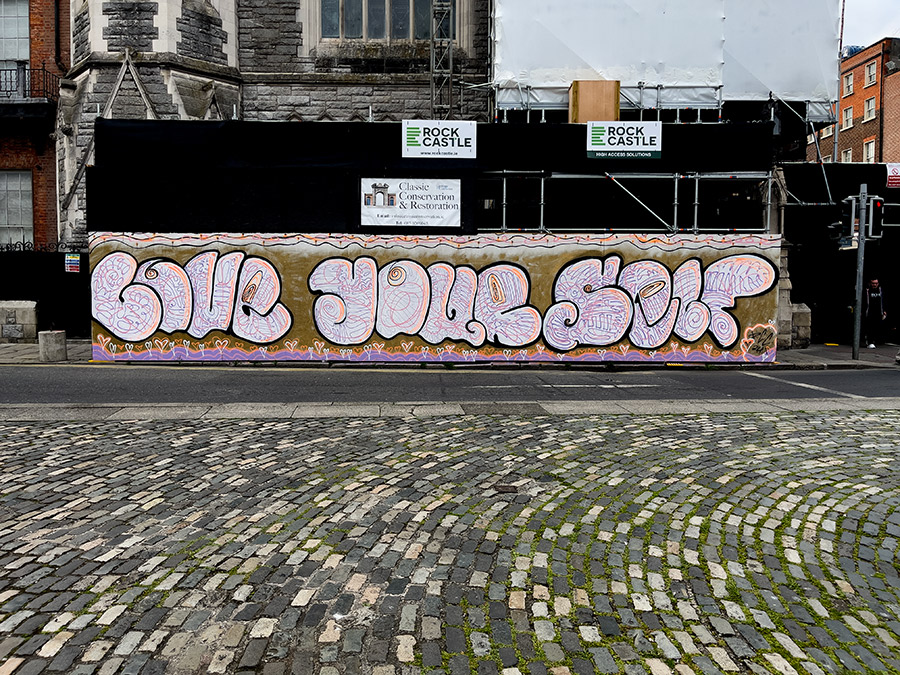
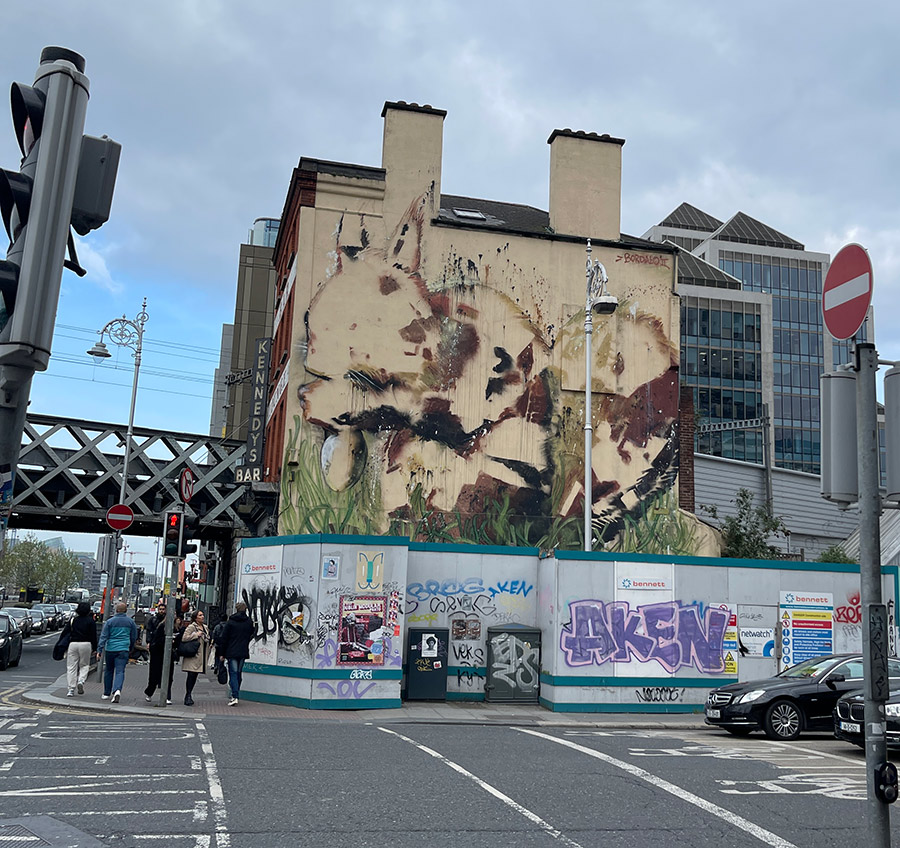
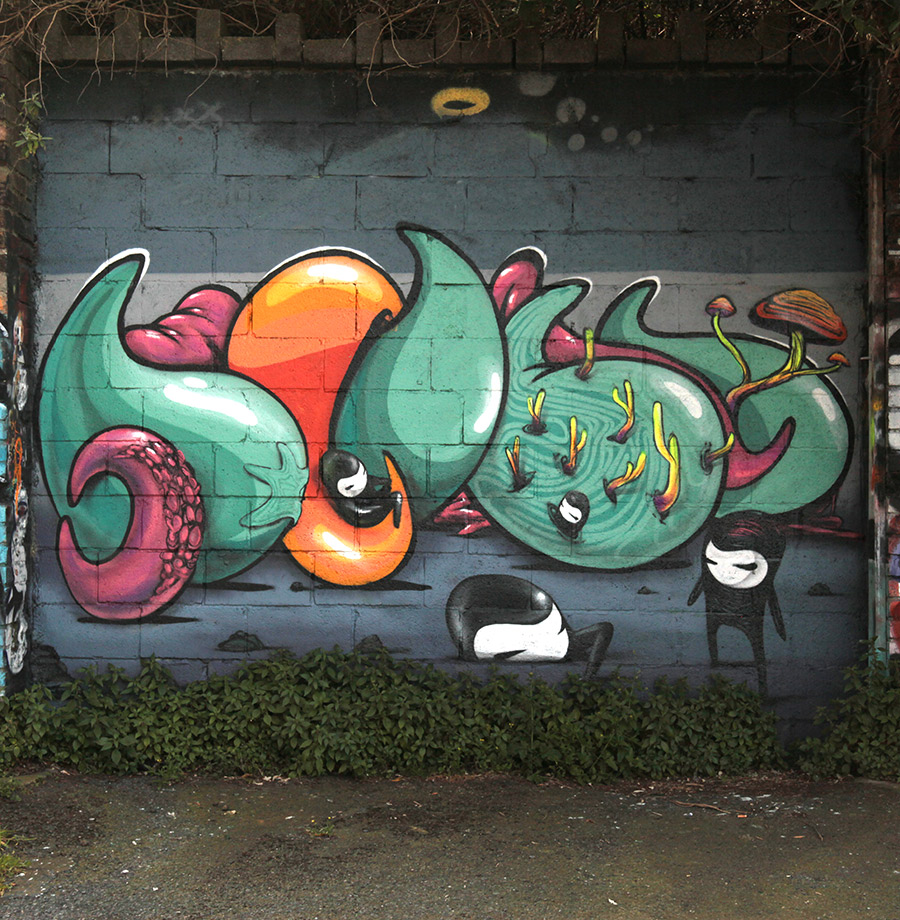
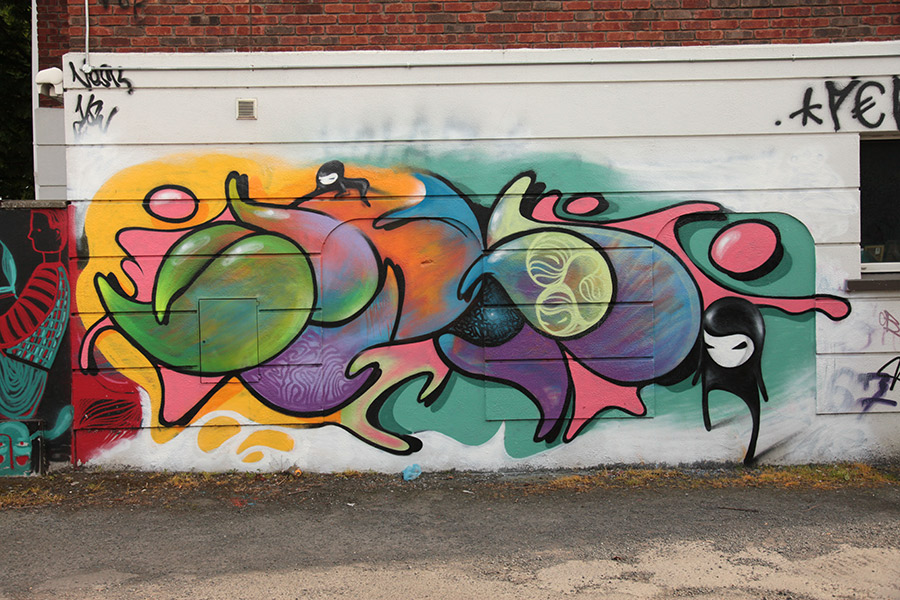
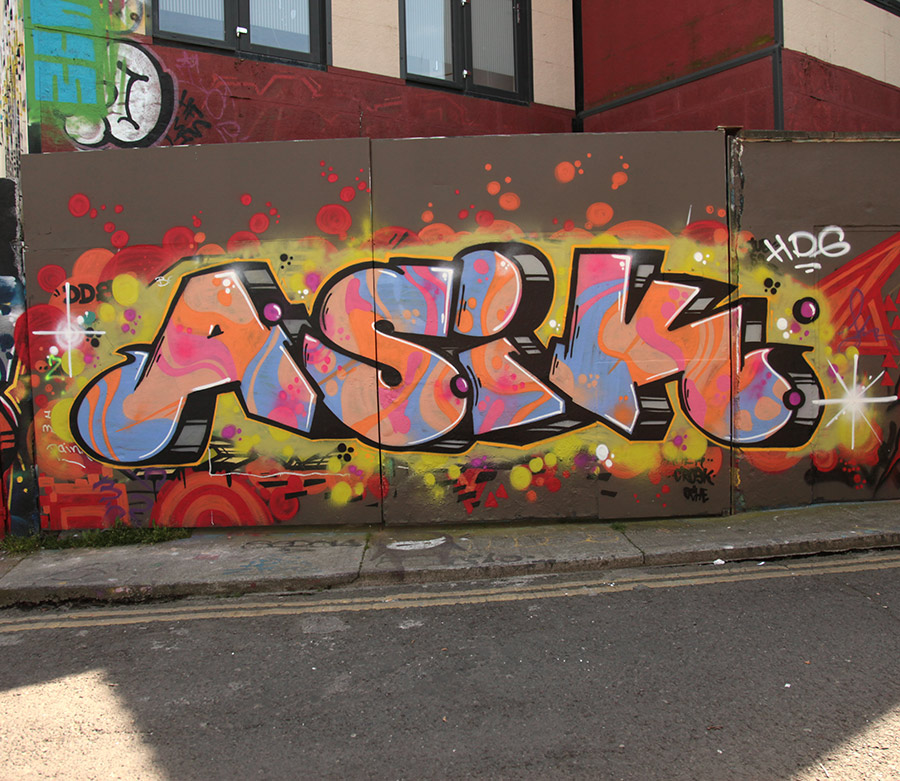
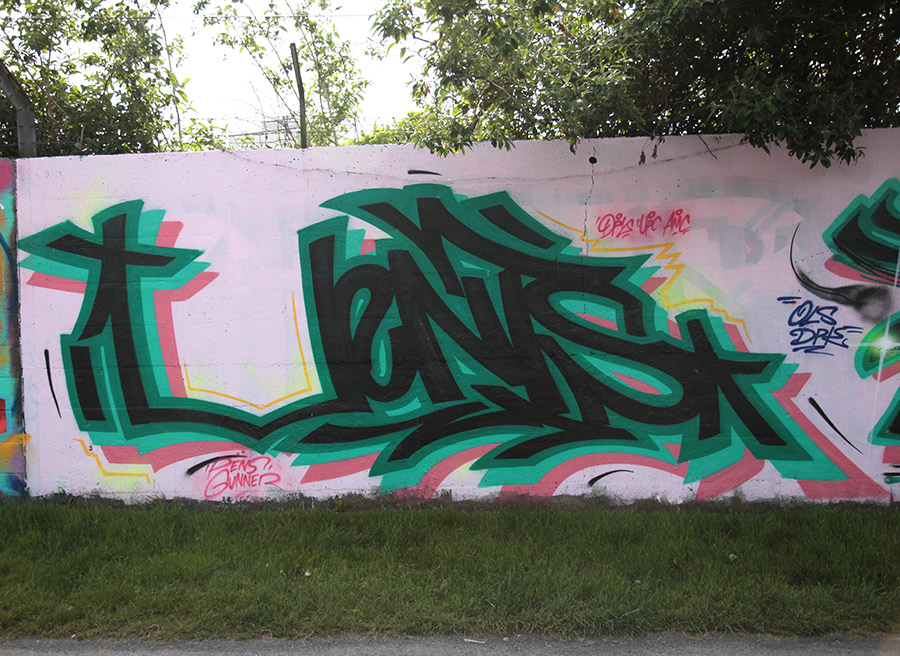
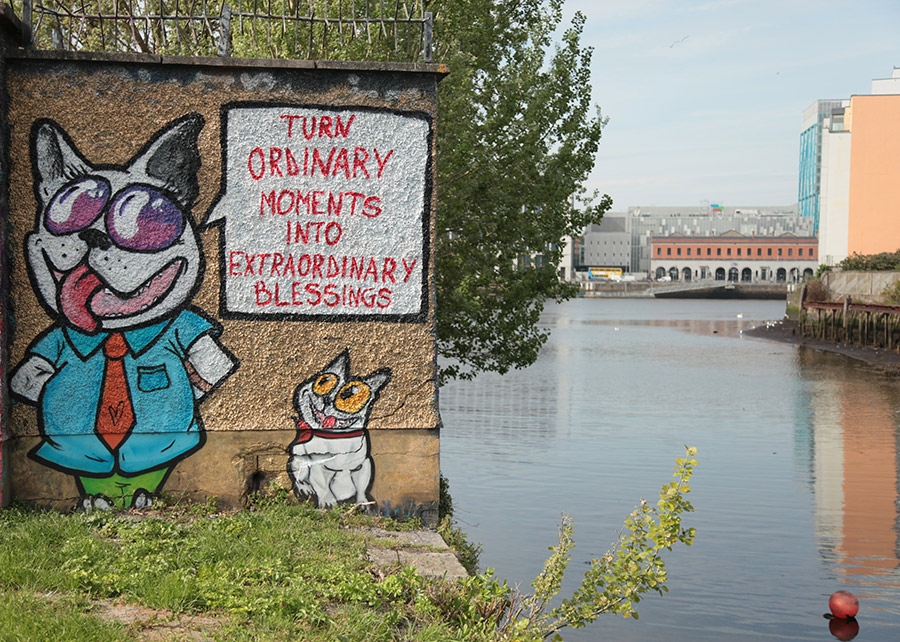
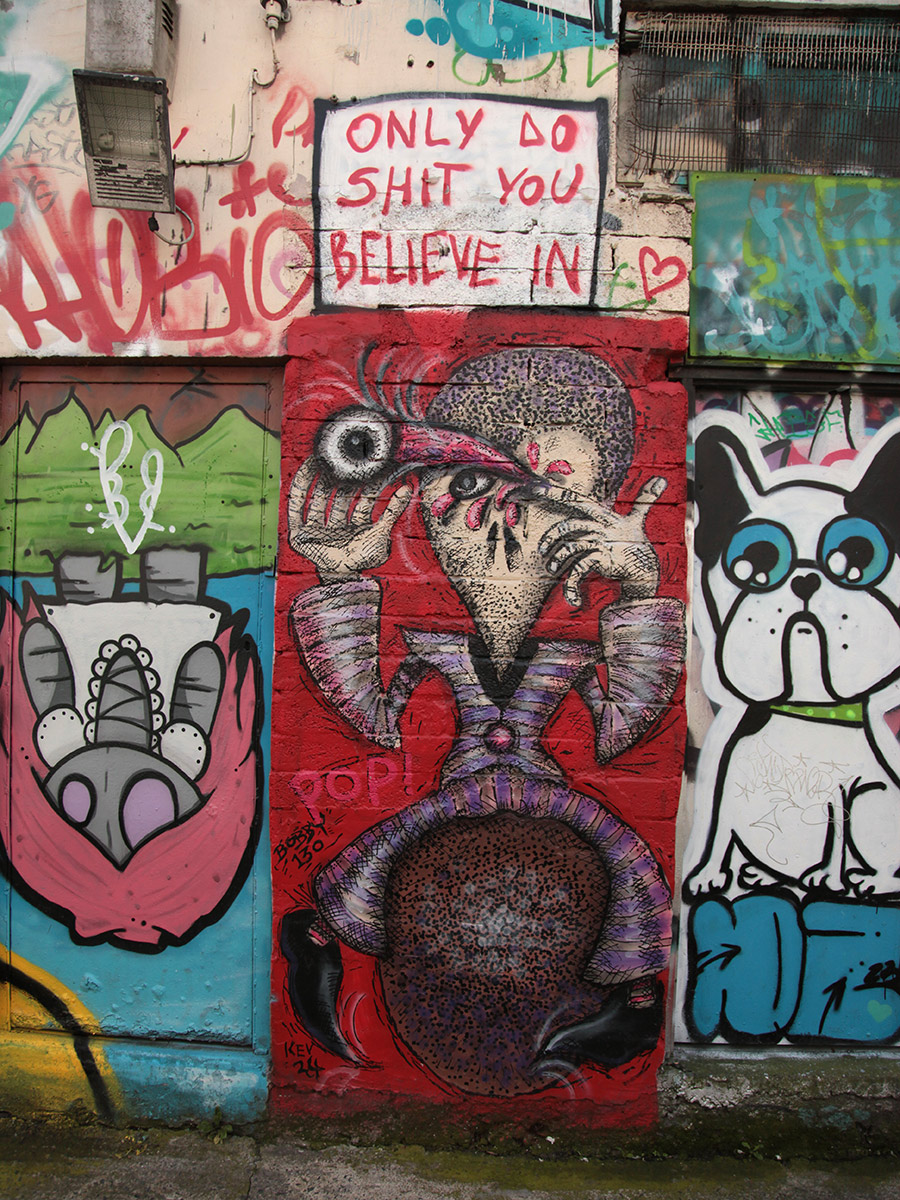
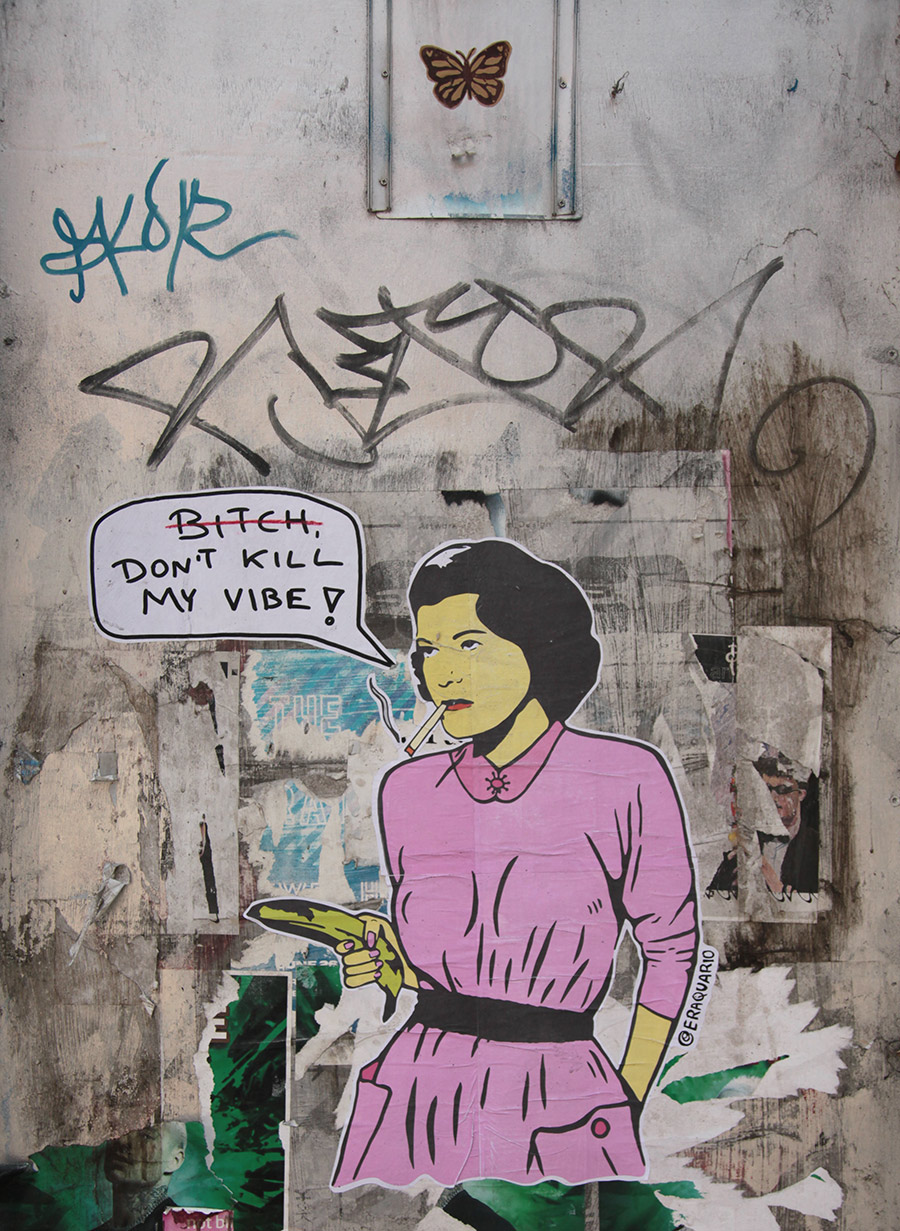
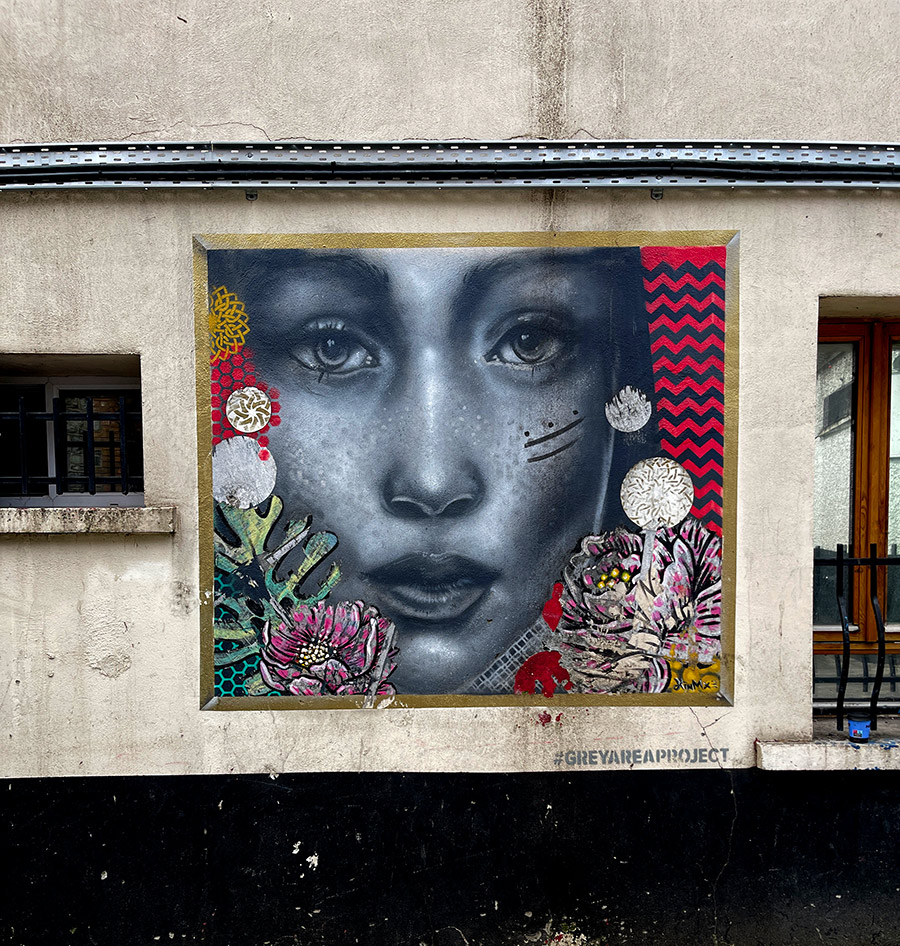
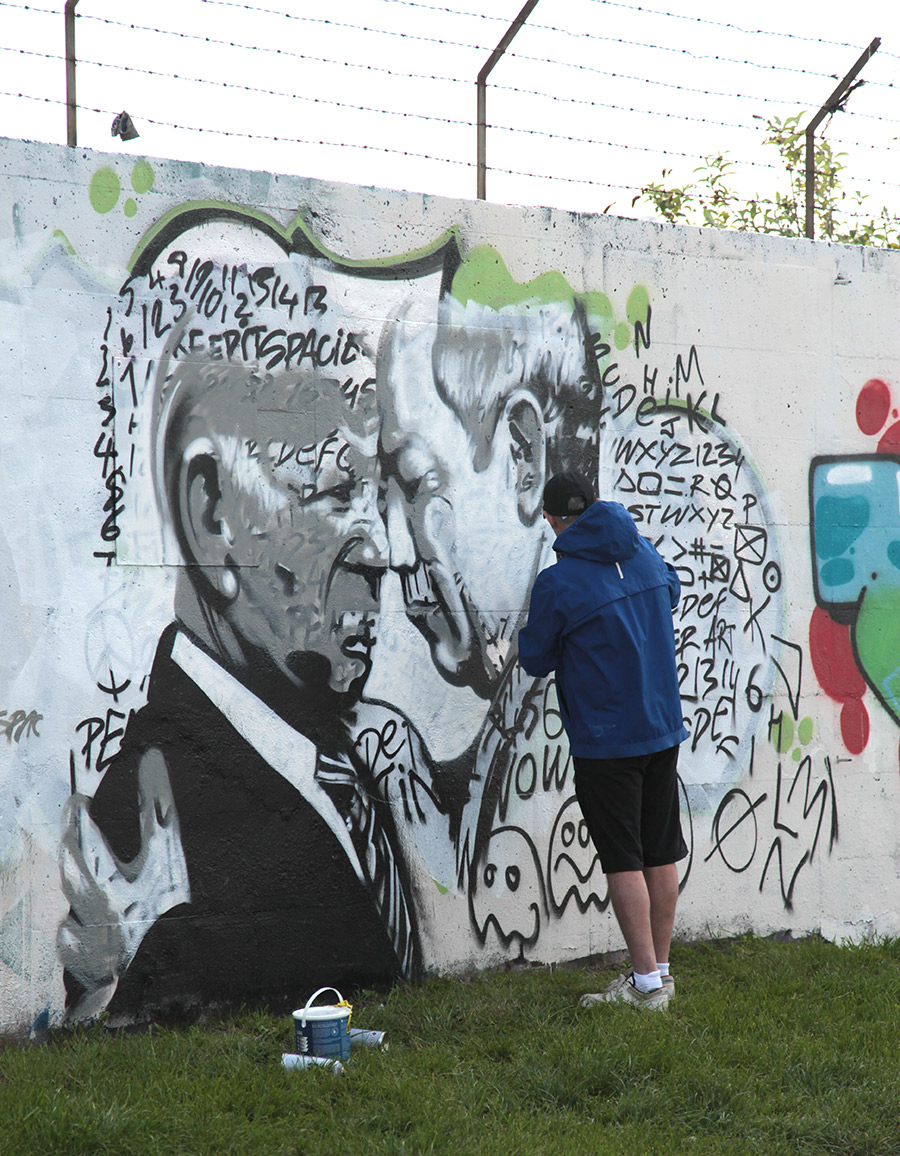
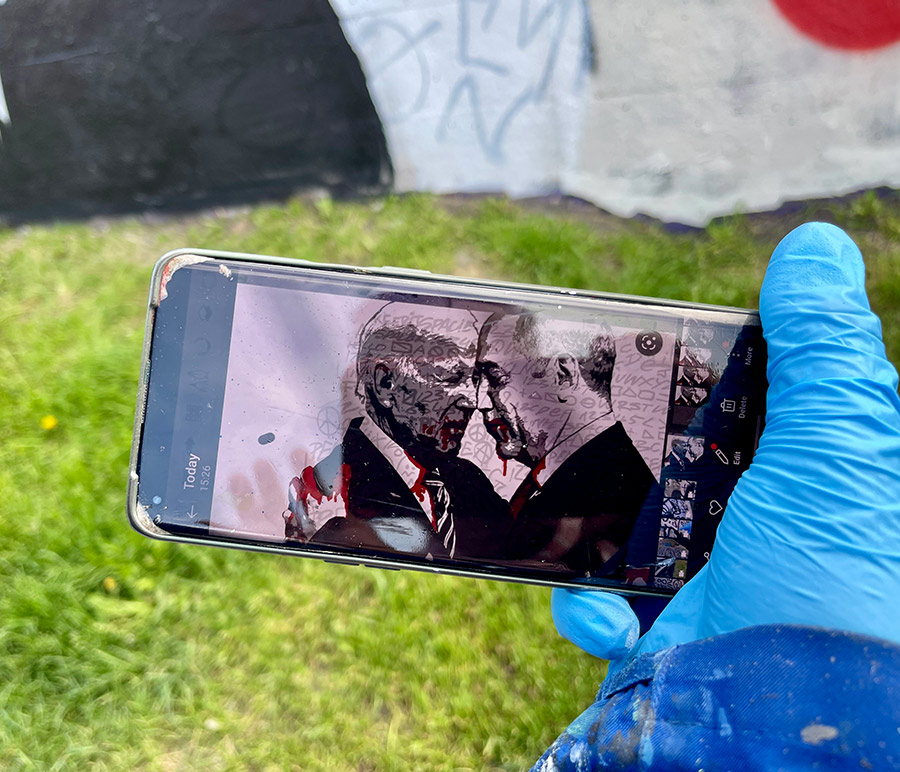
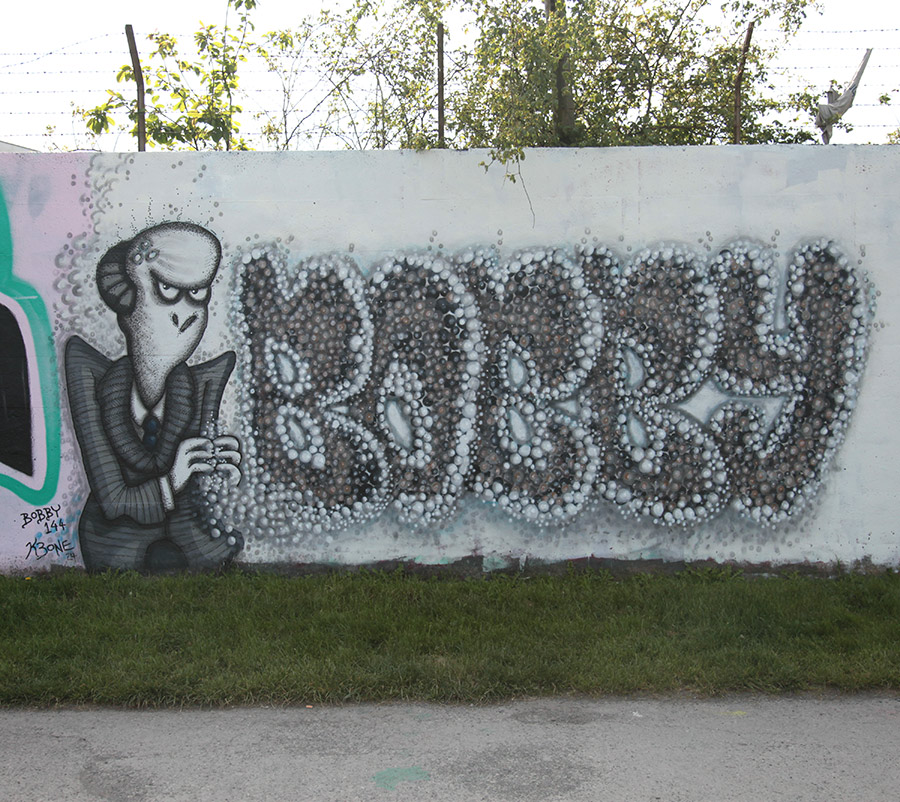
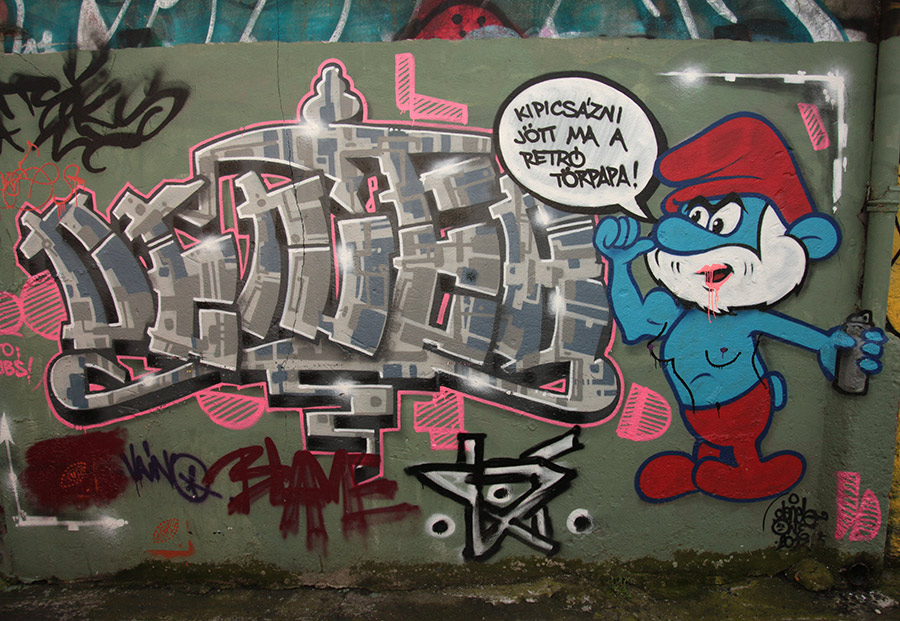
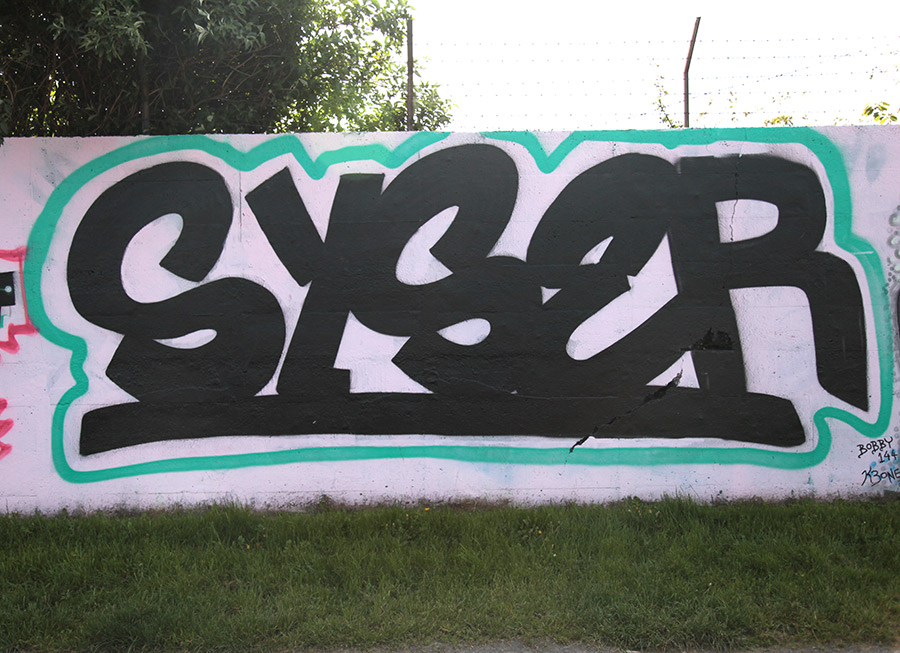
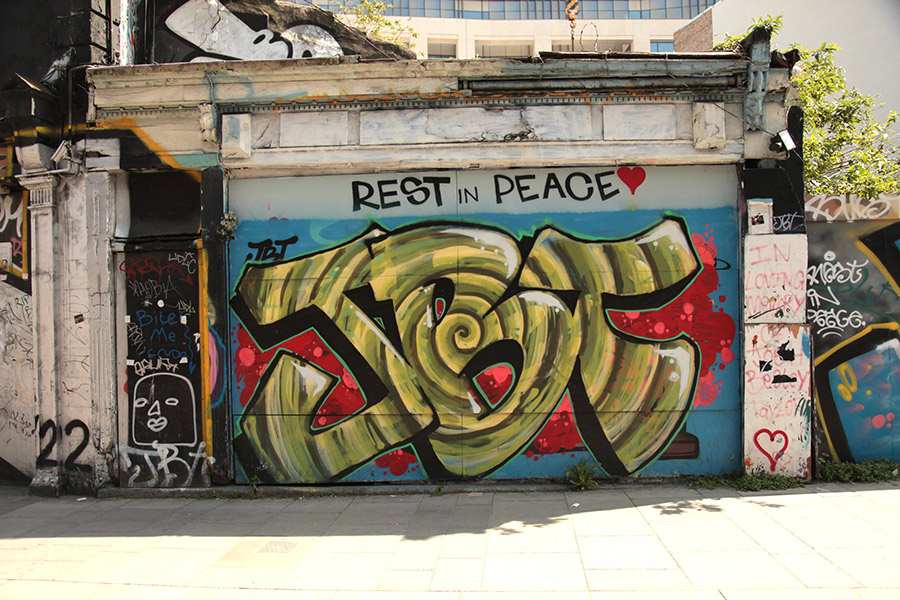
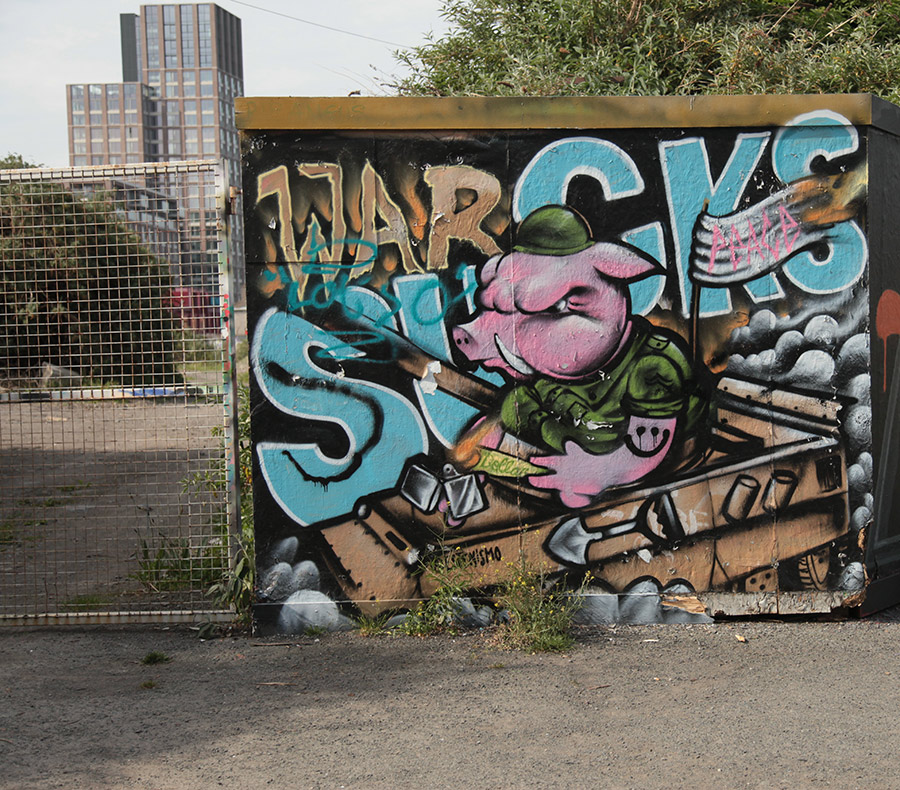
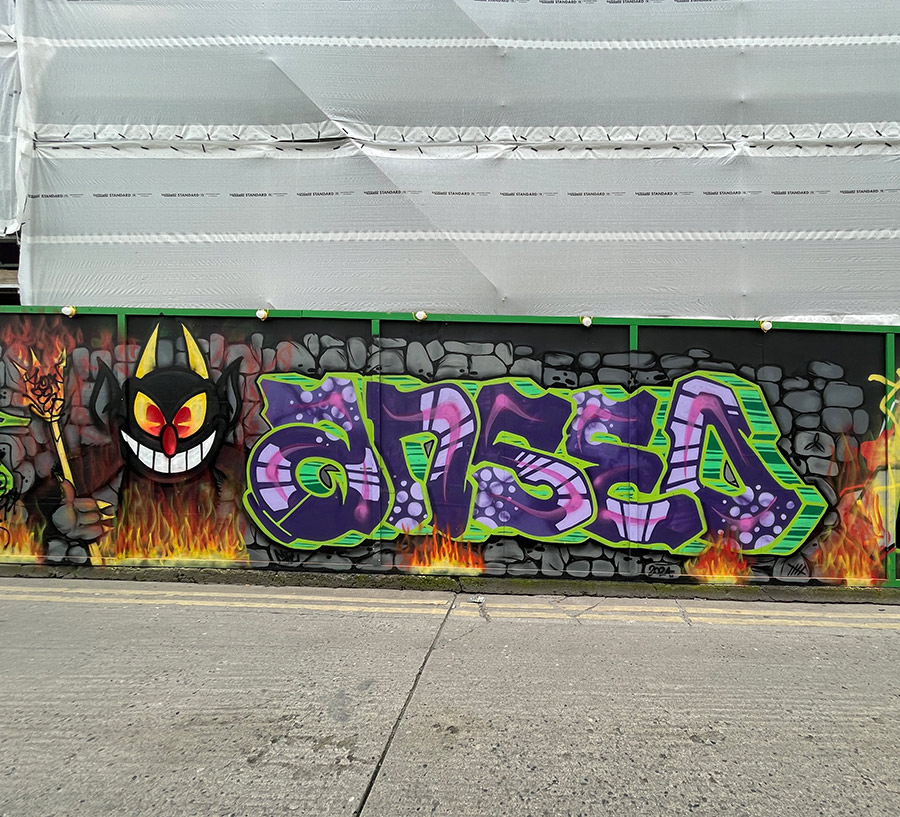
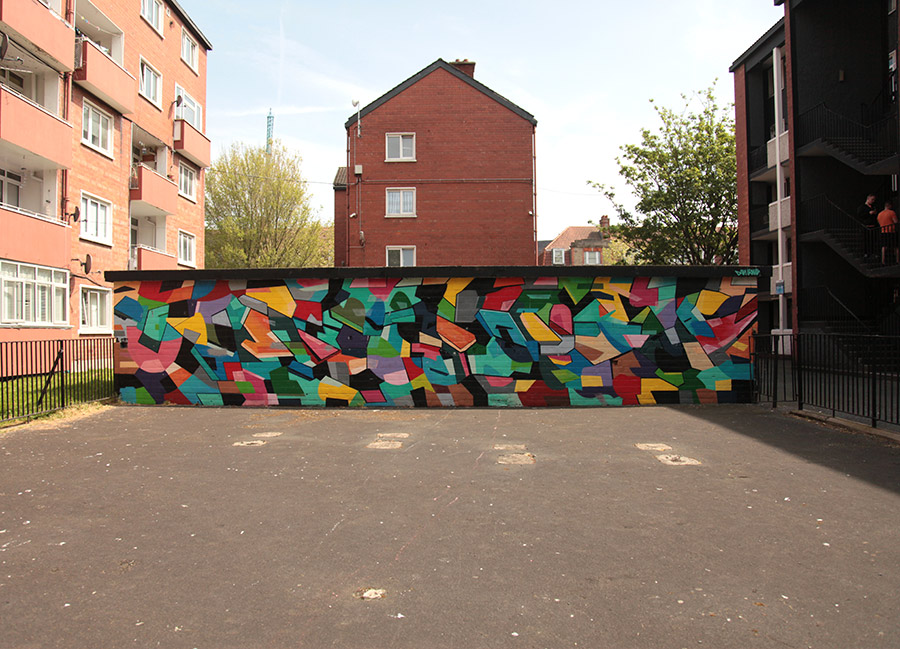
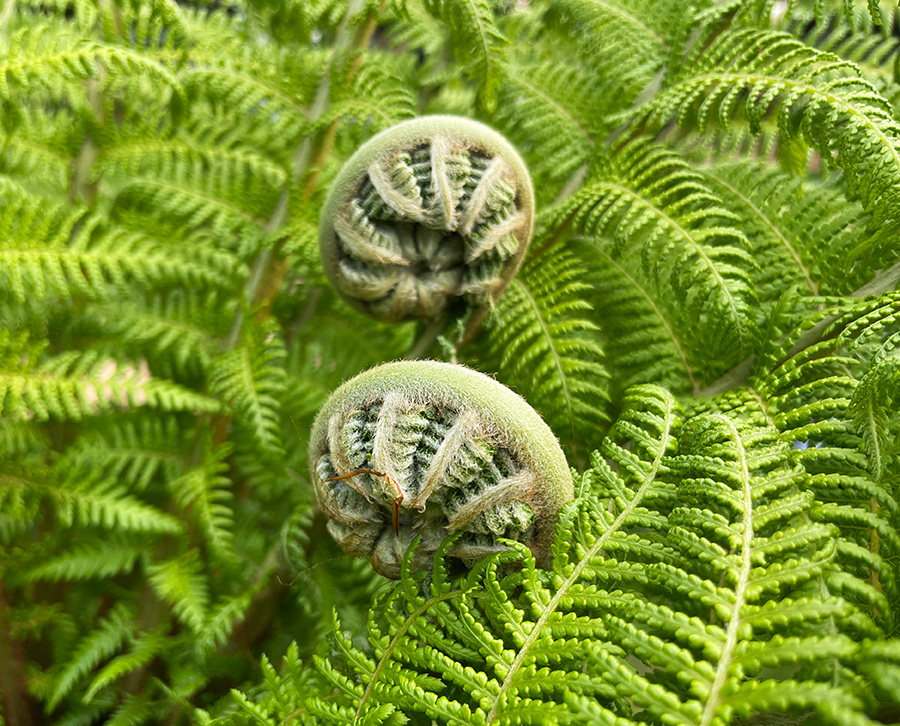
 BROOKLYN STREET ART LOVES YOU MORE EVERY DAY
BROOKLYN STREET ART LOVES YOU MORE EVERY DAY